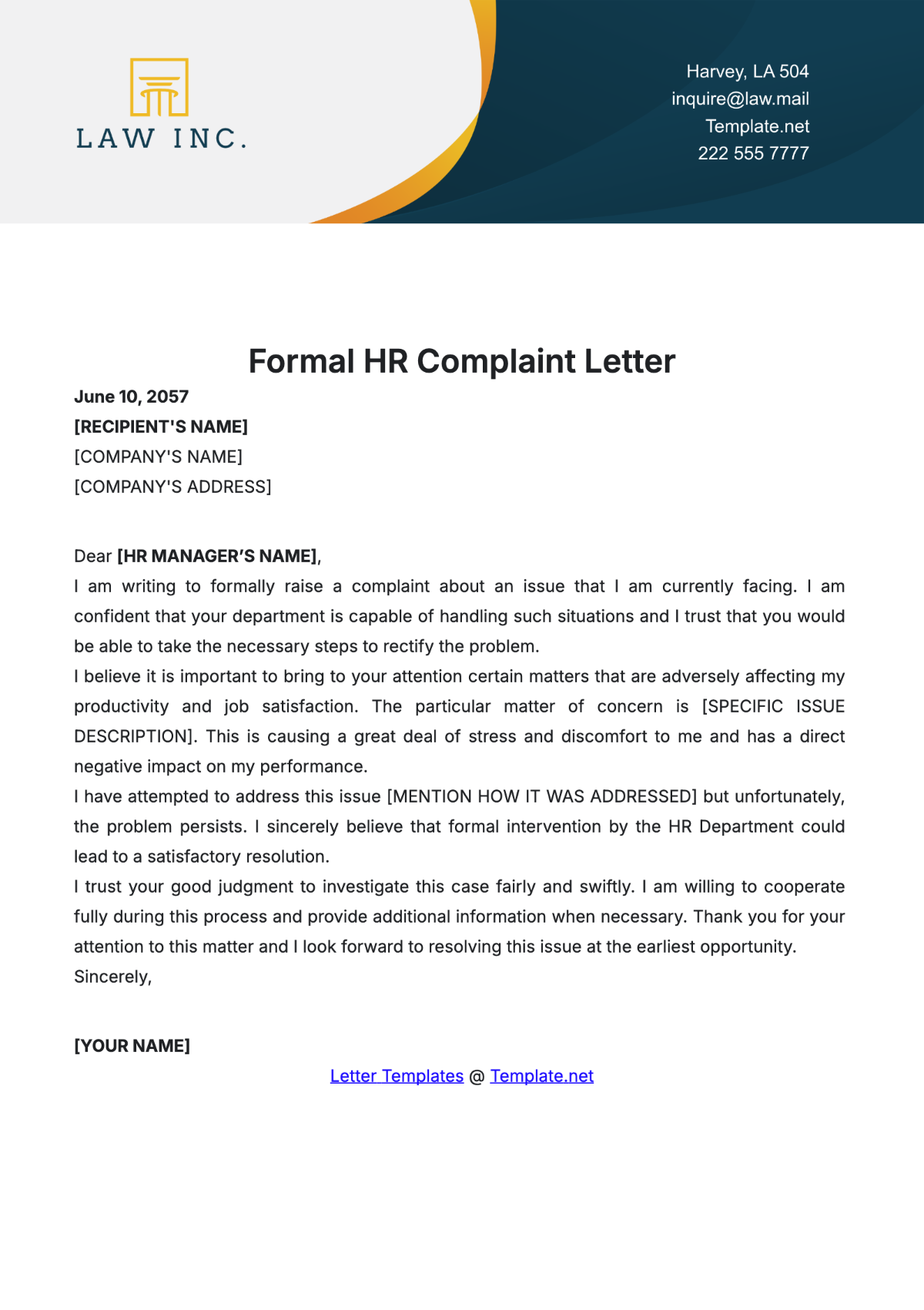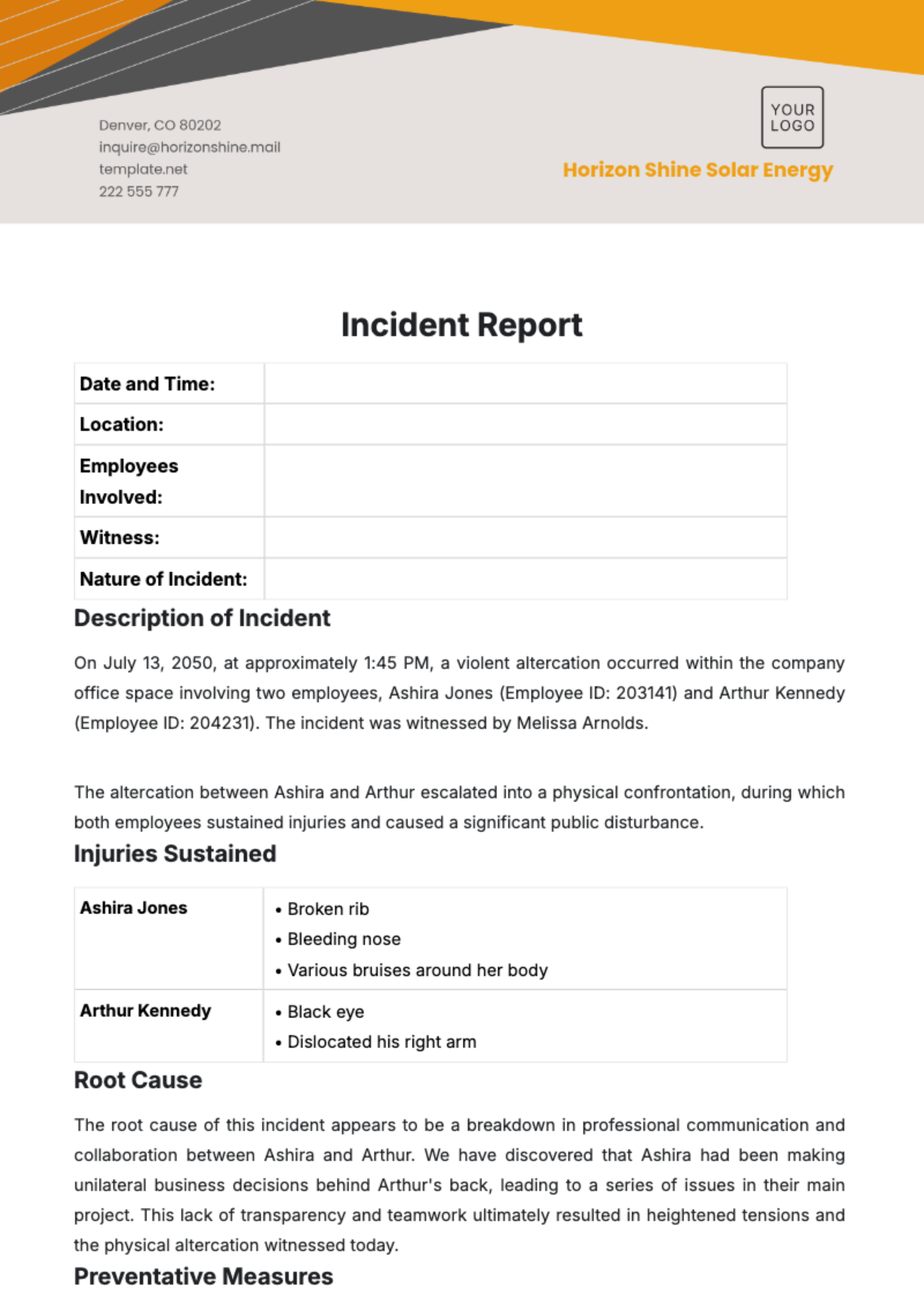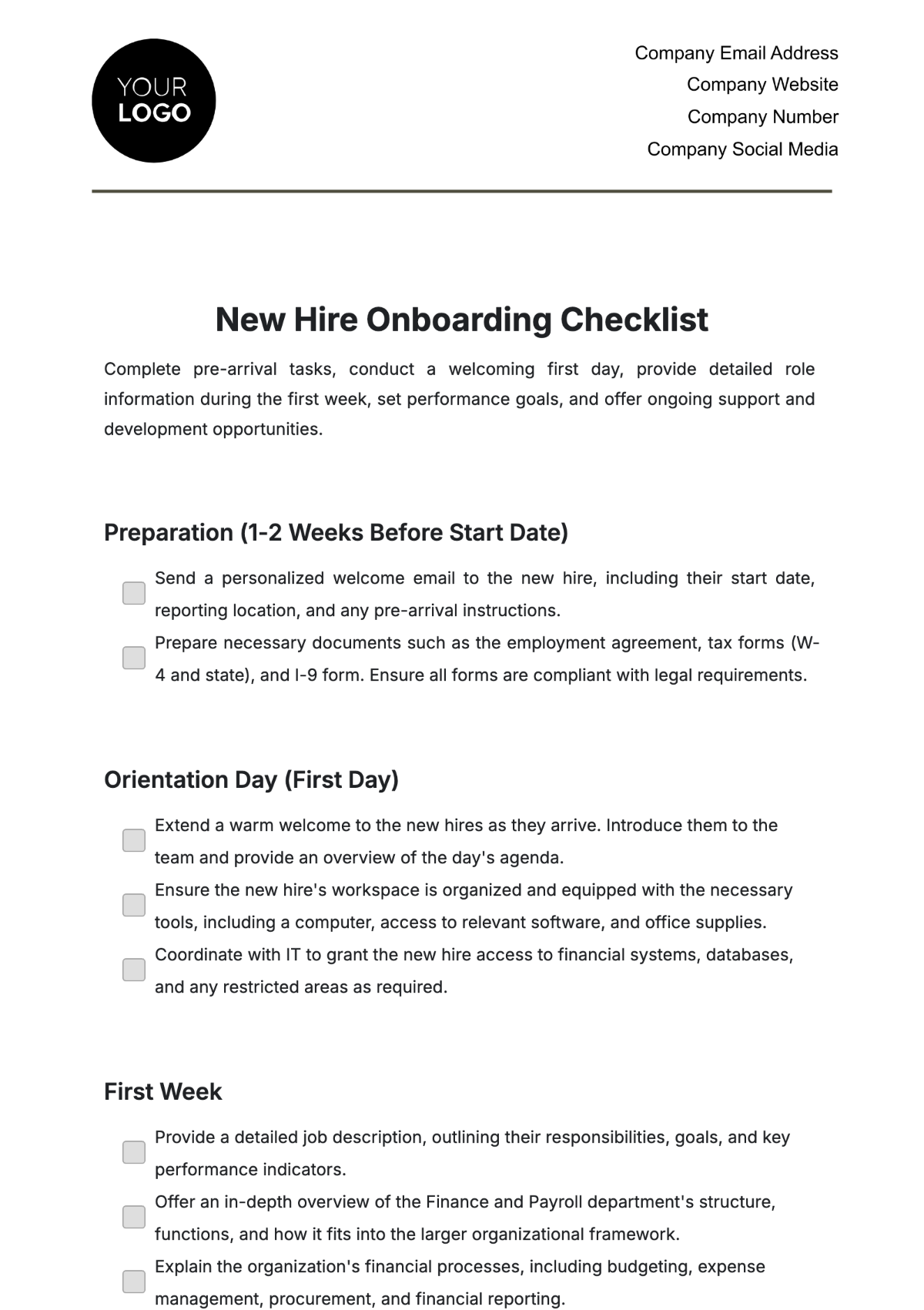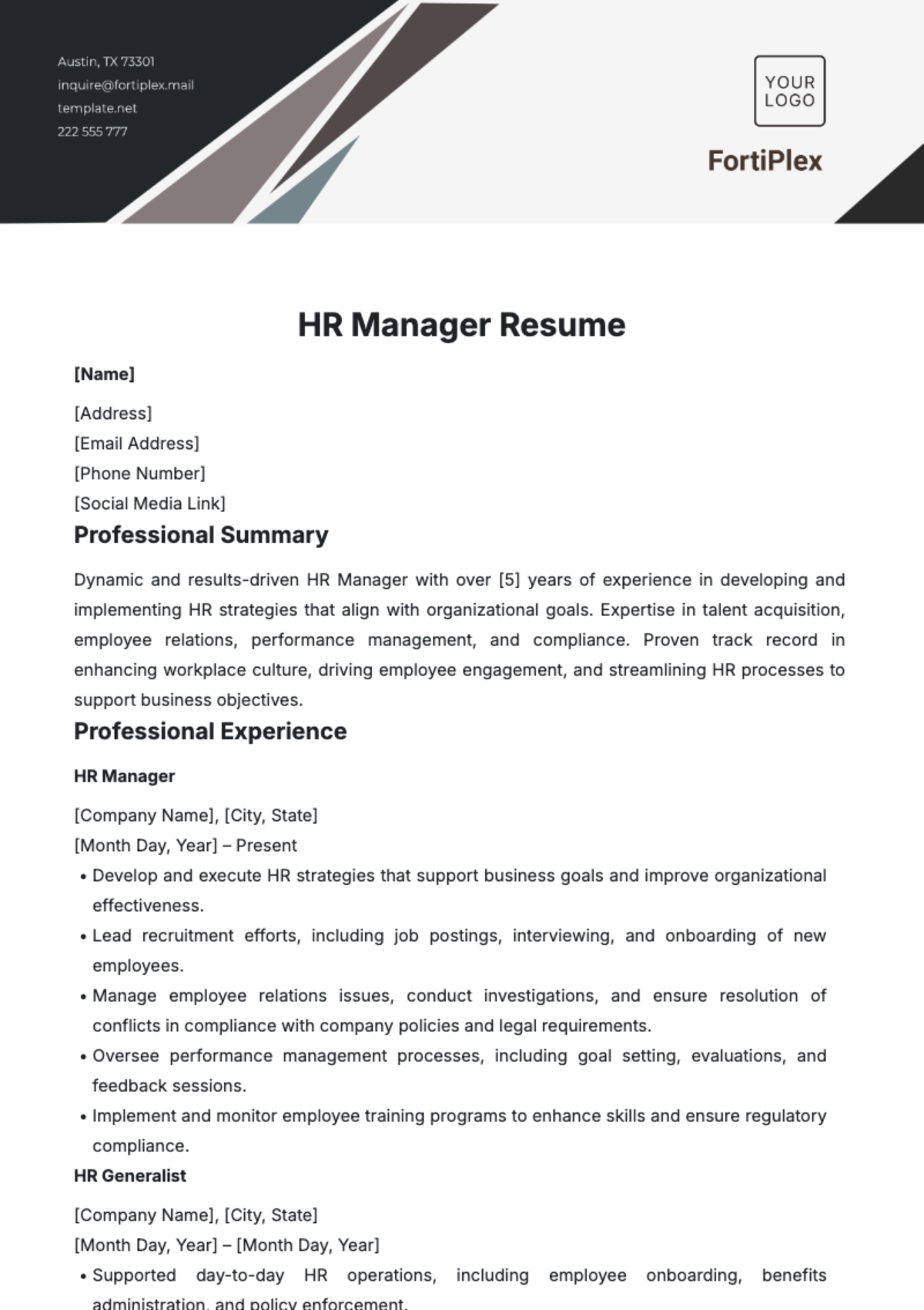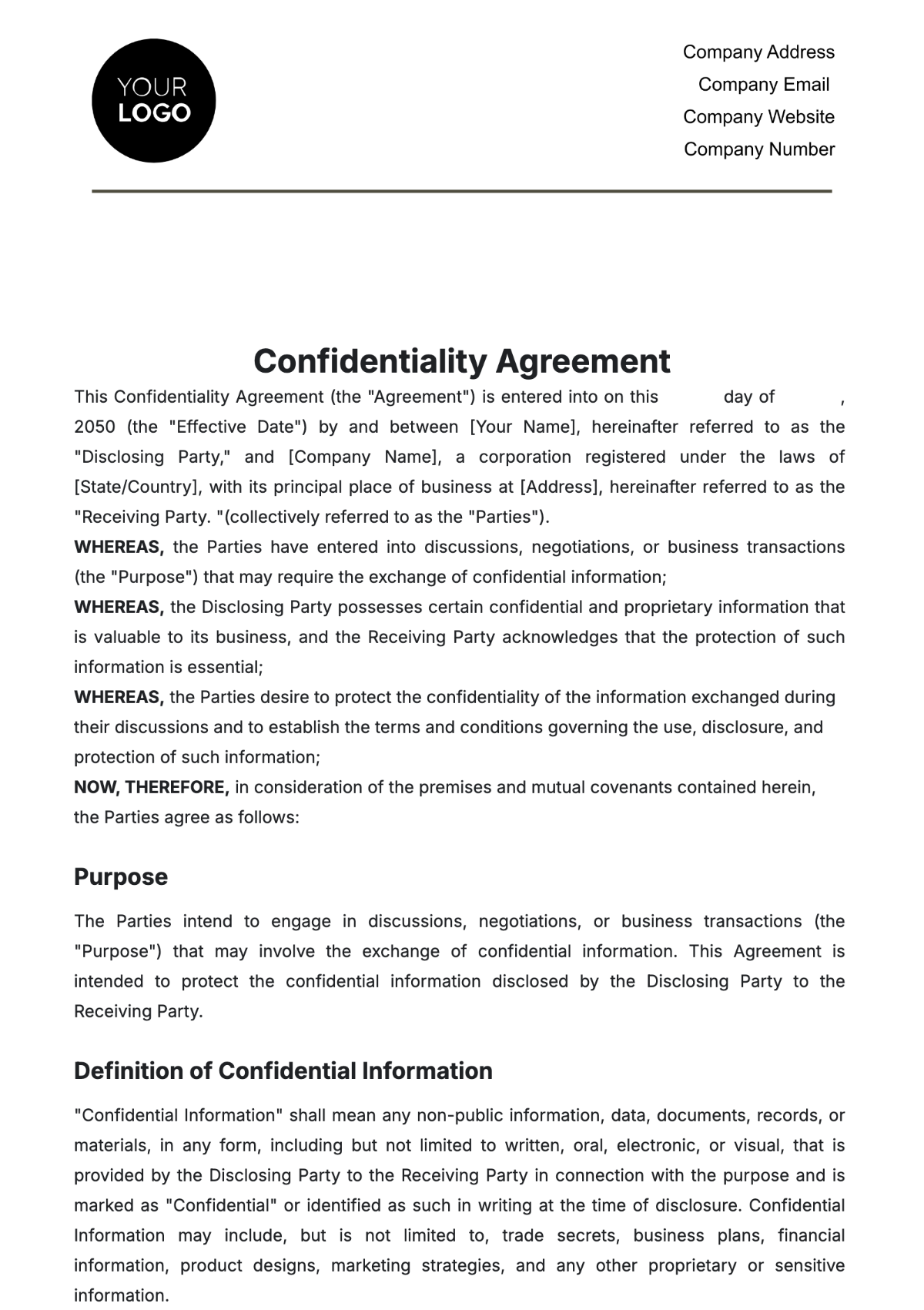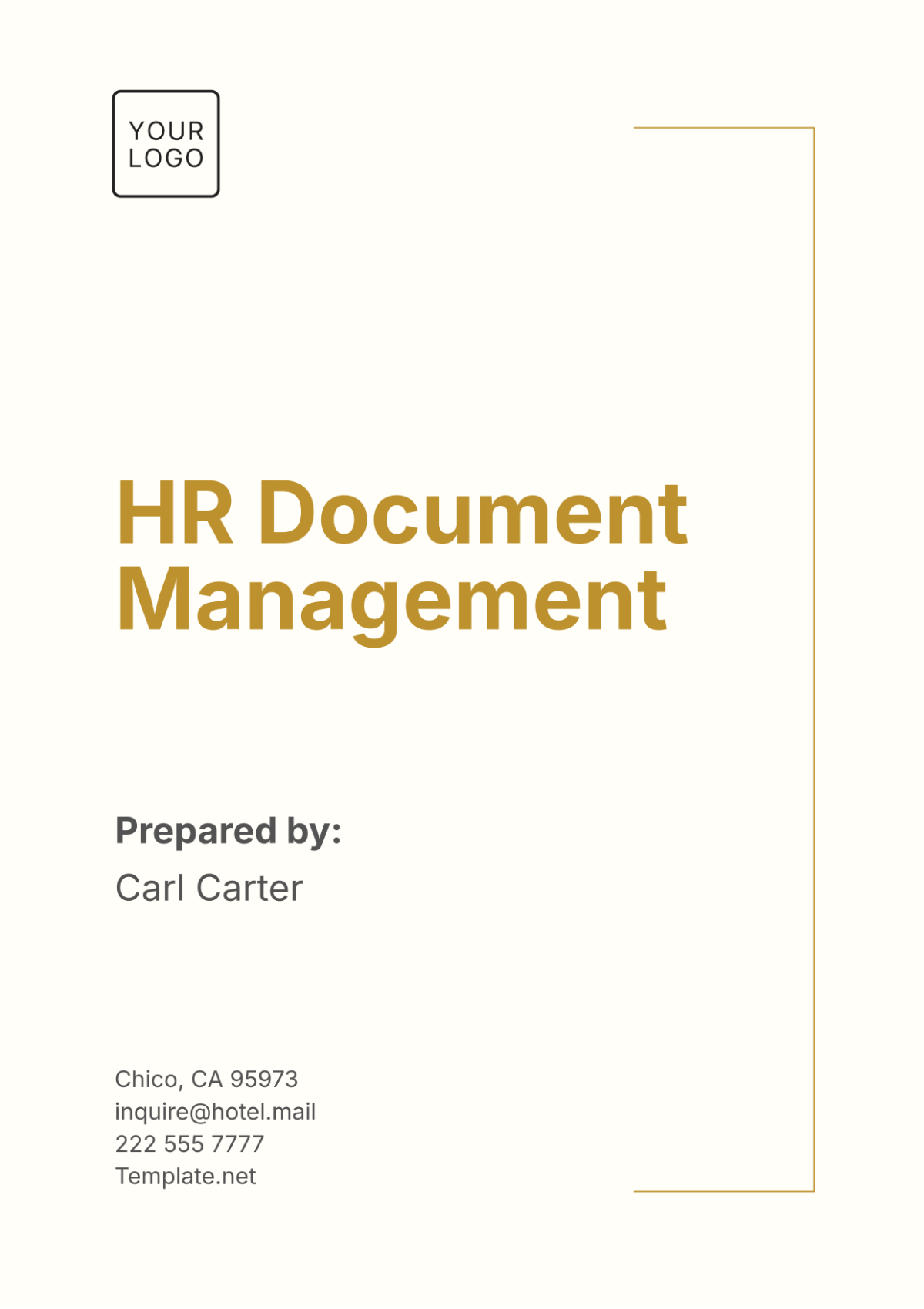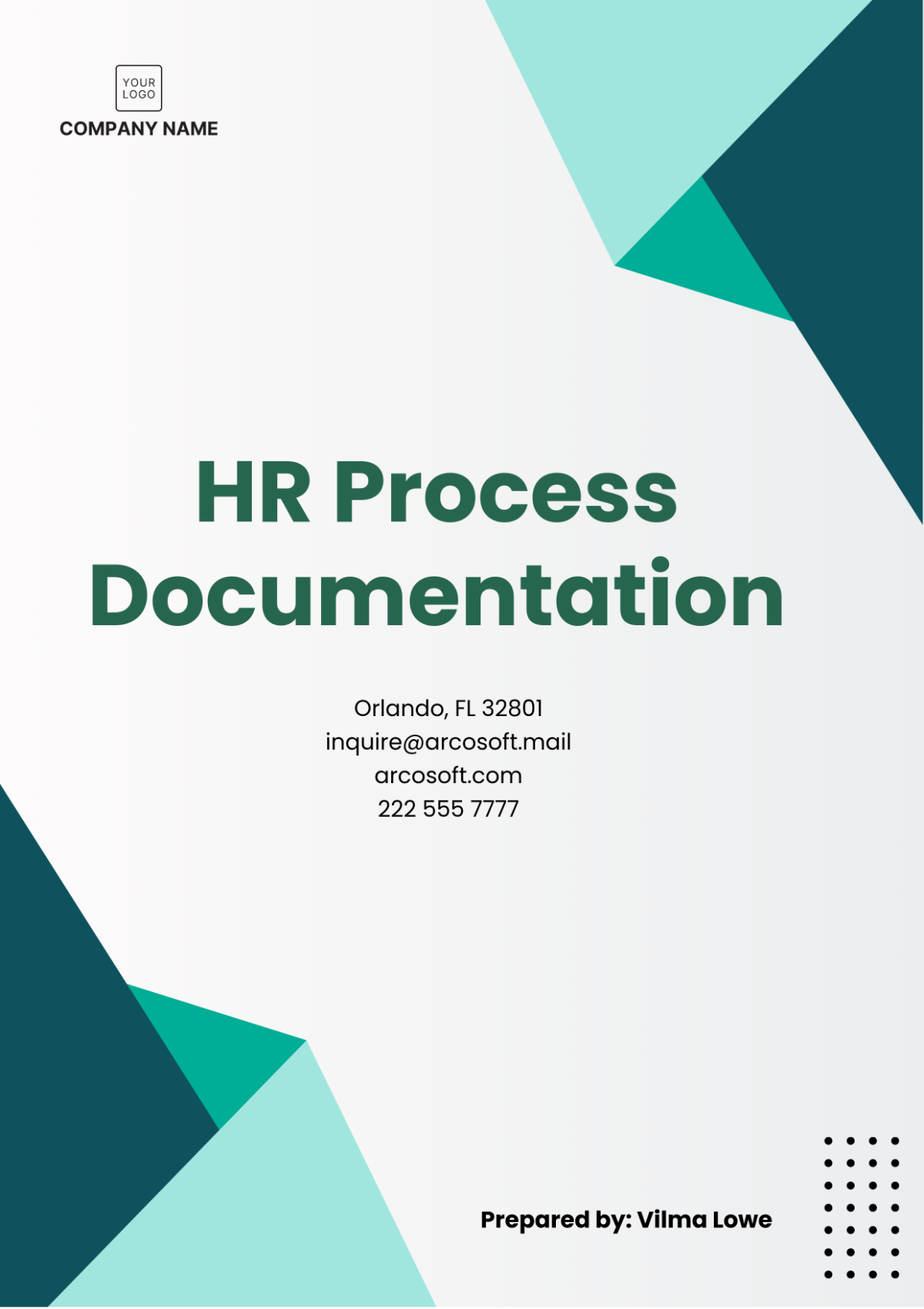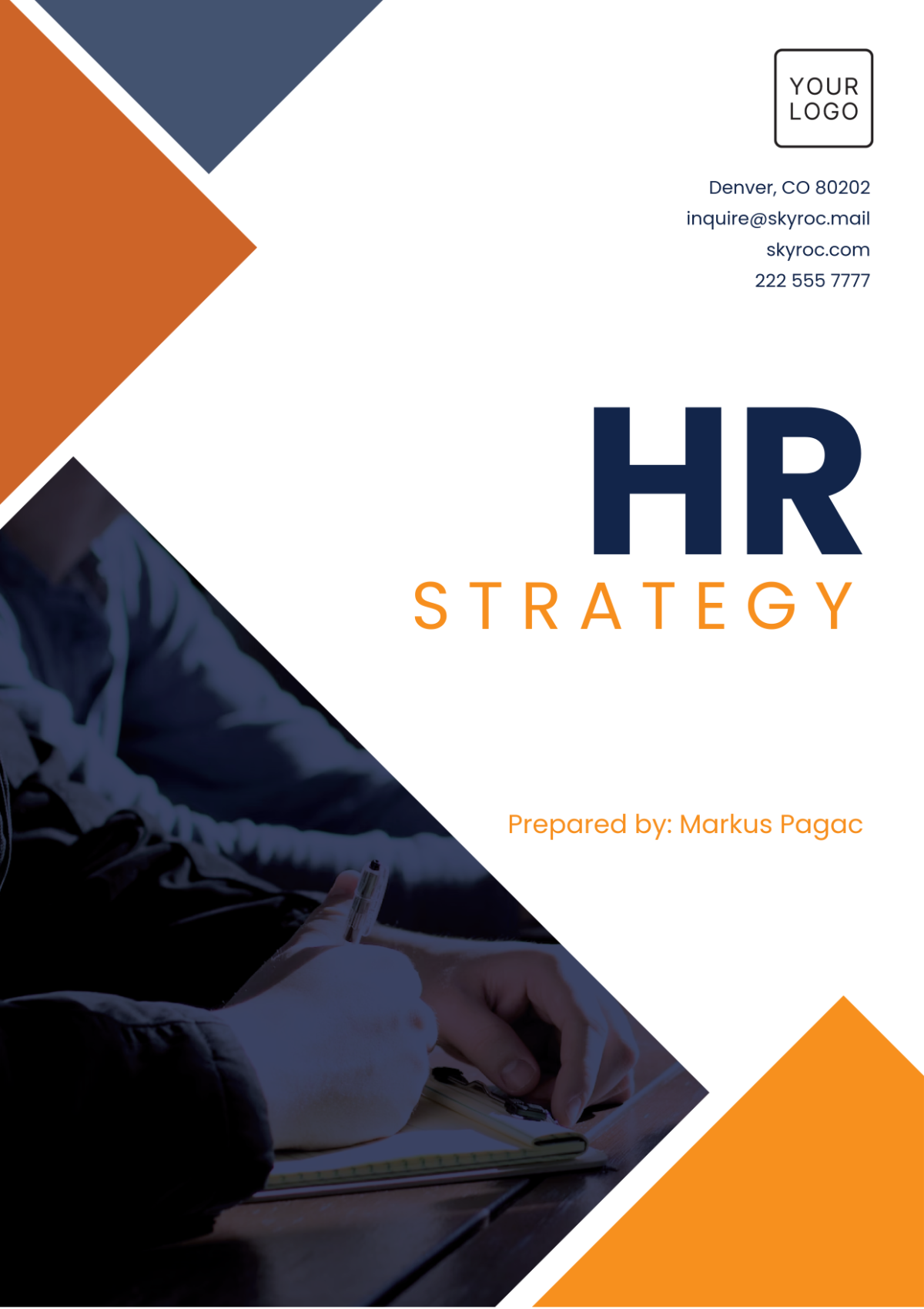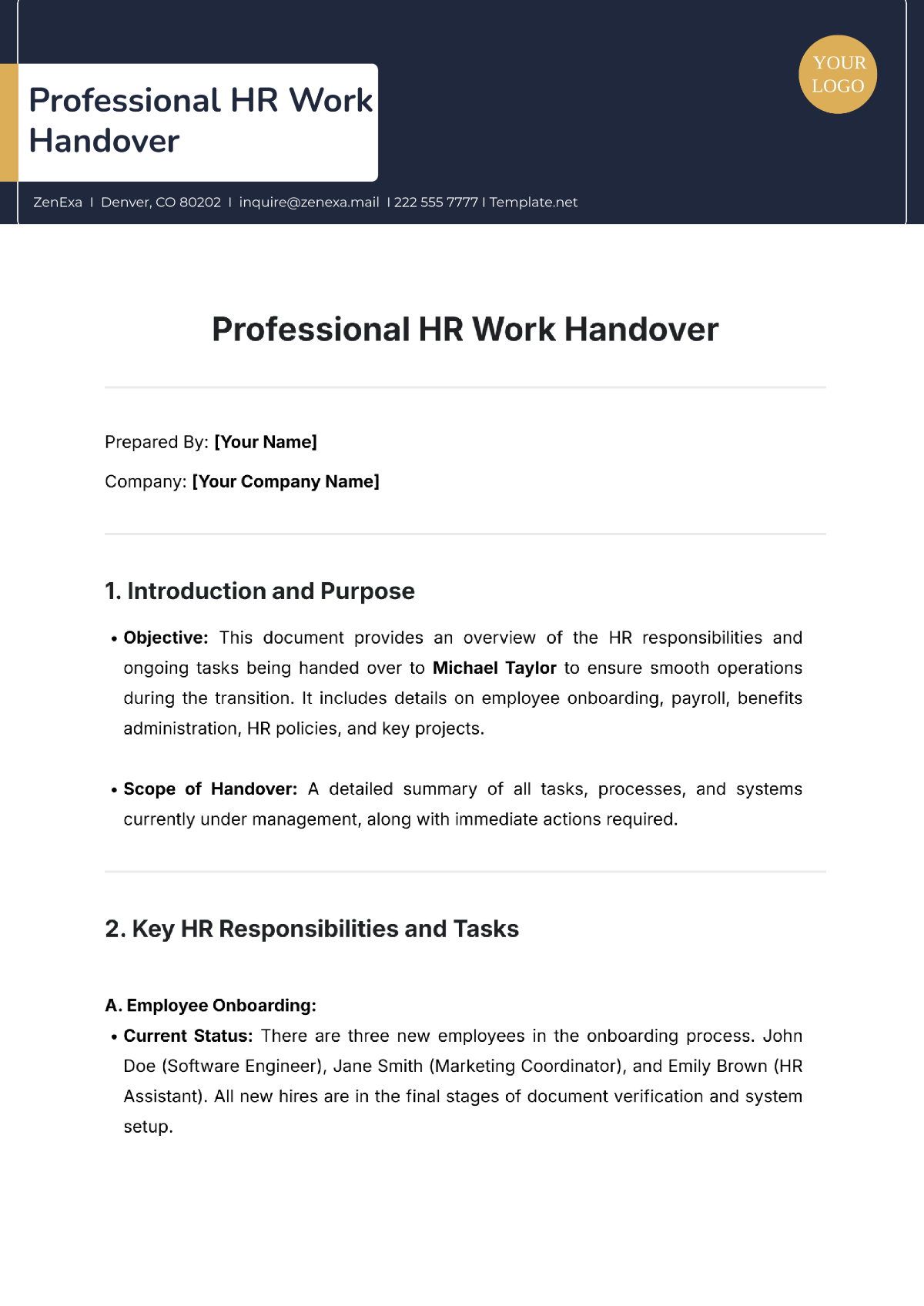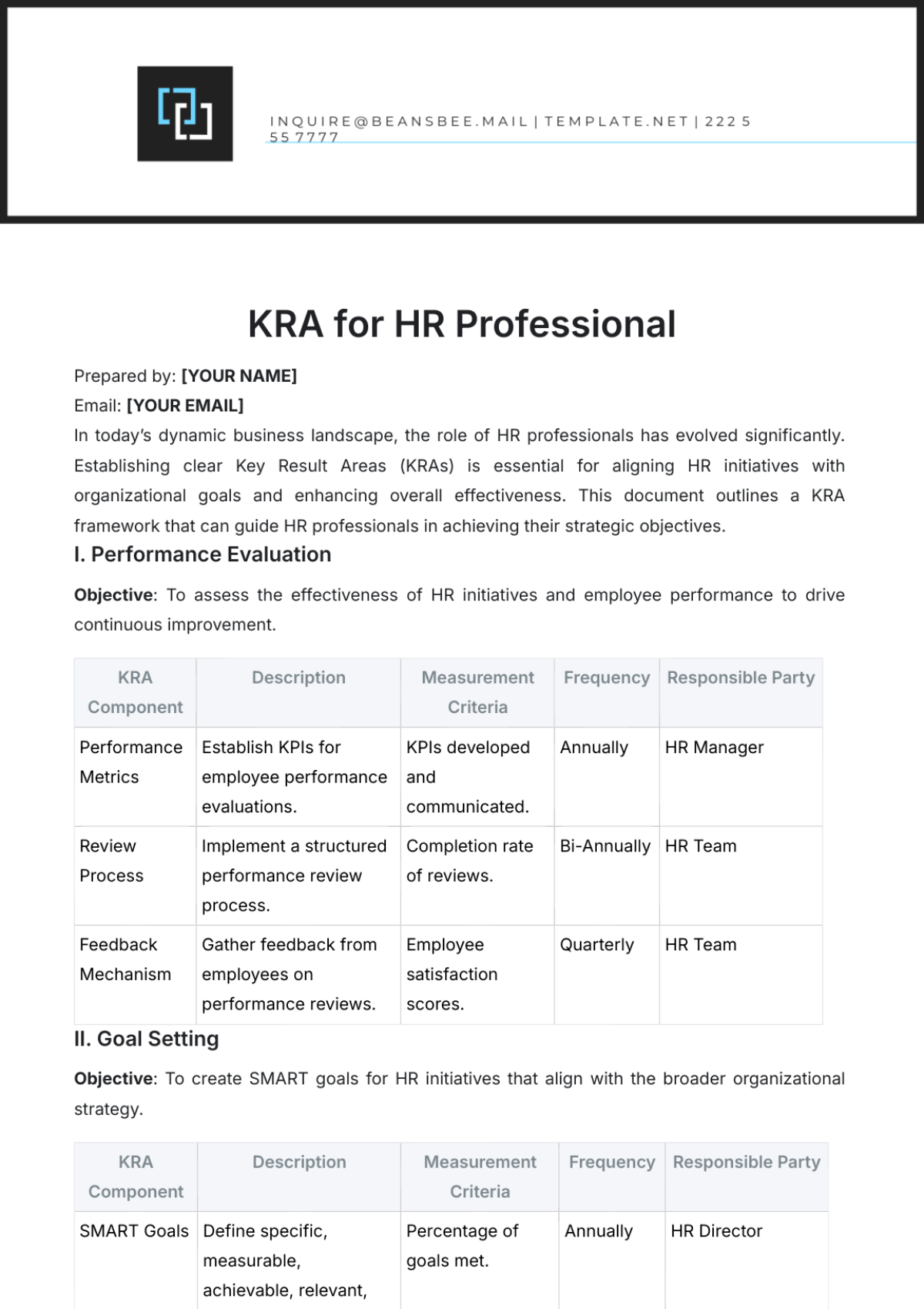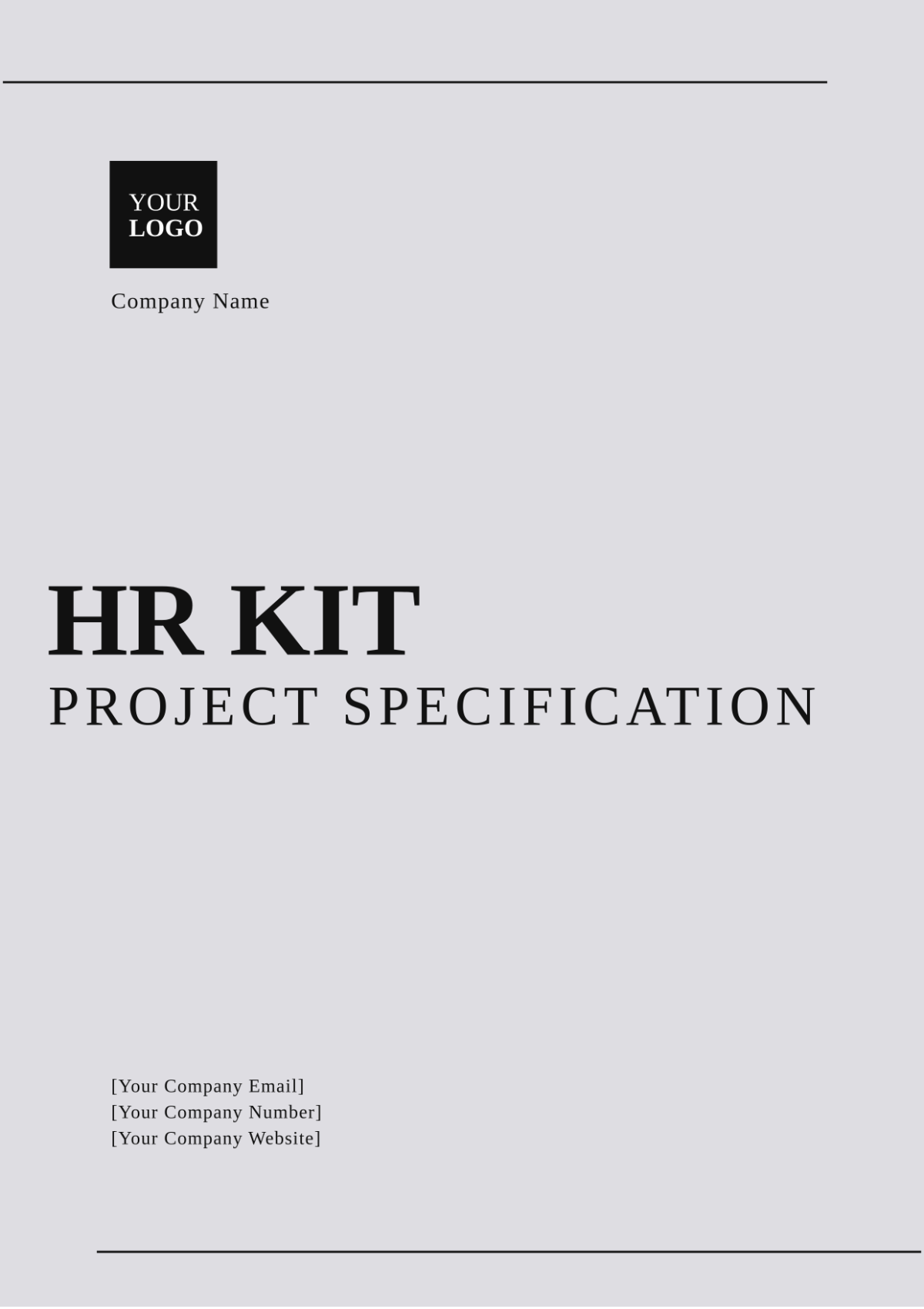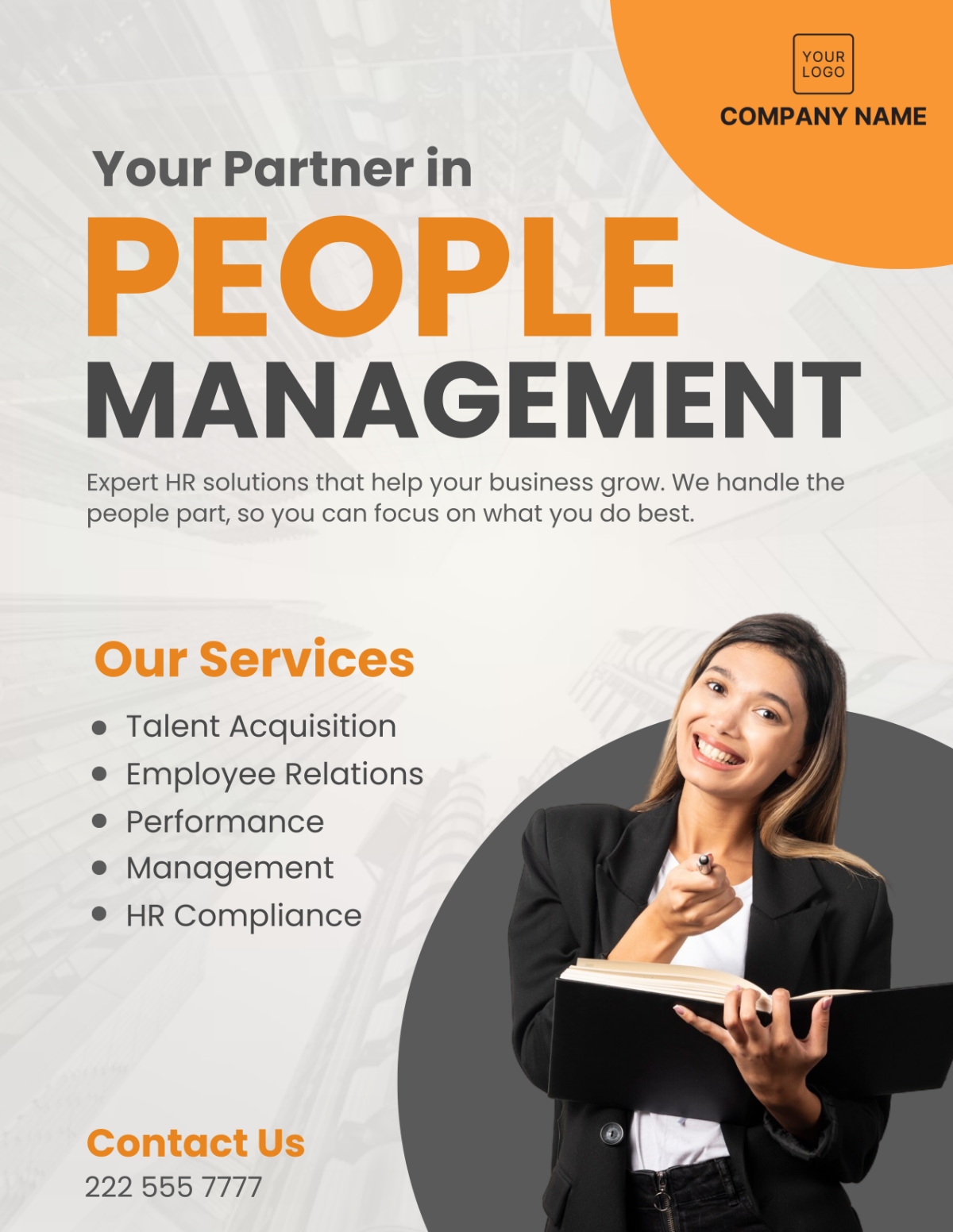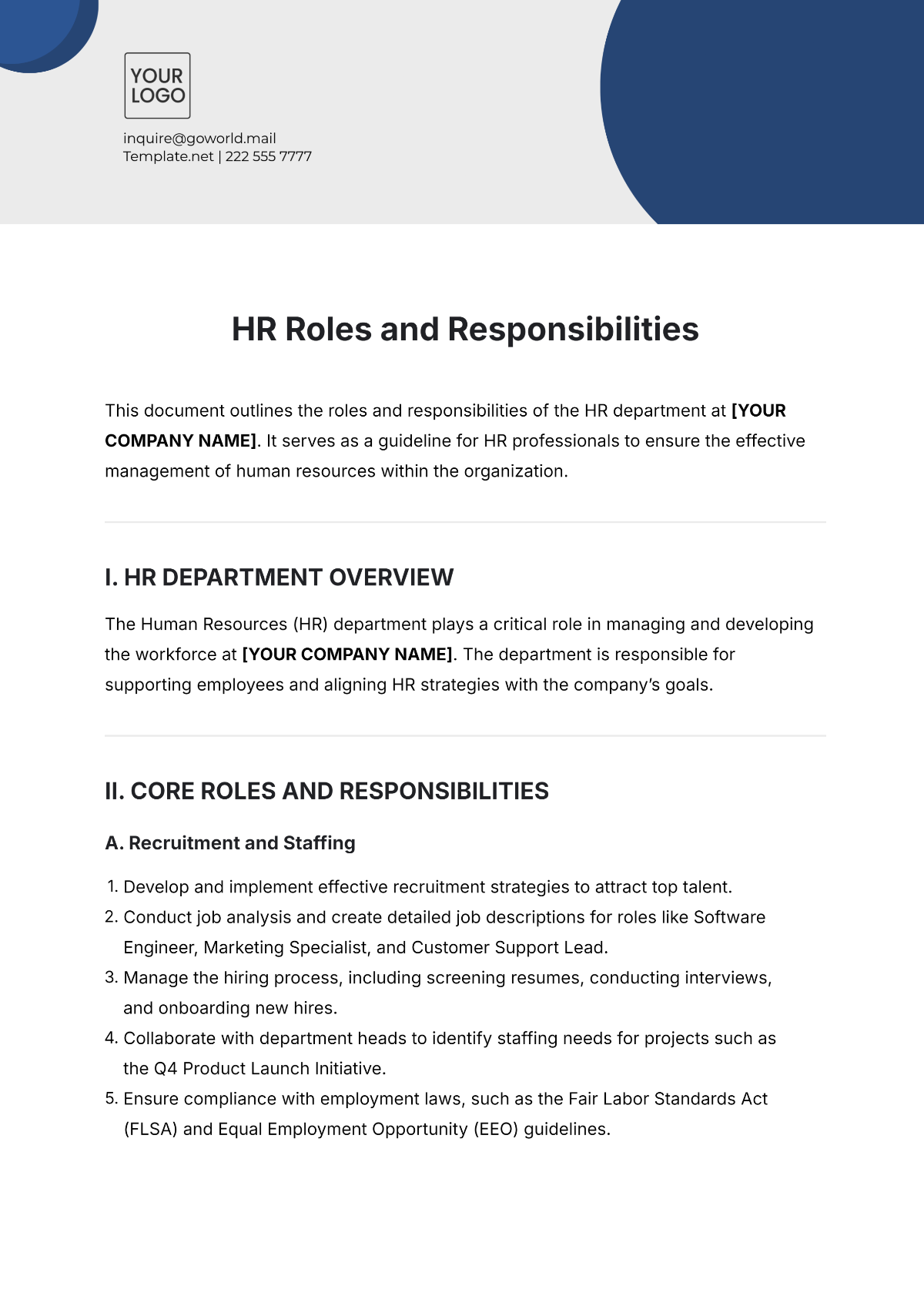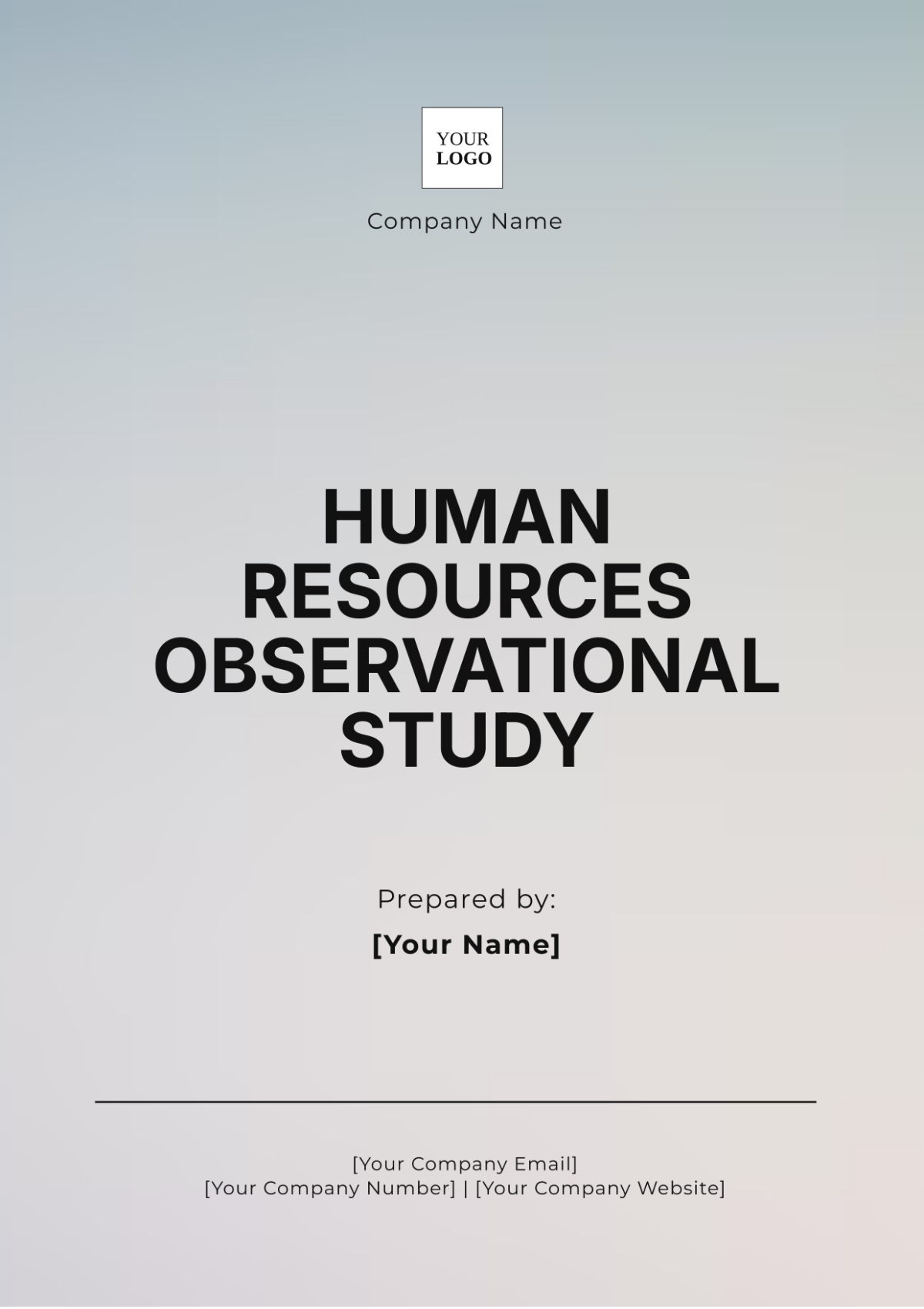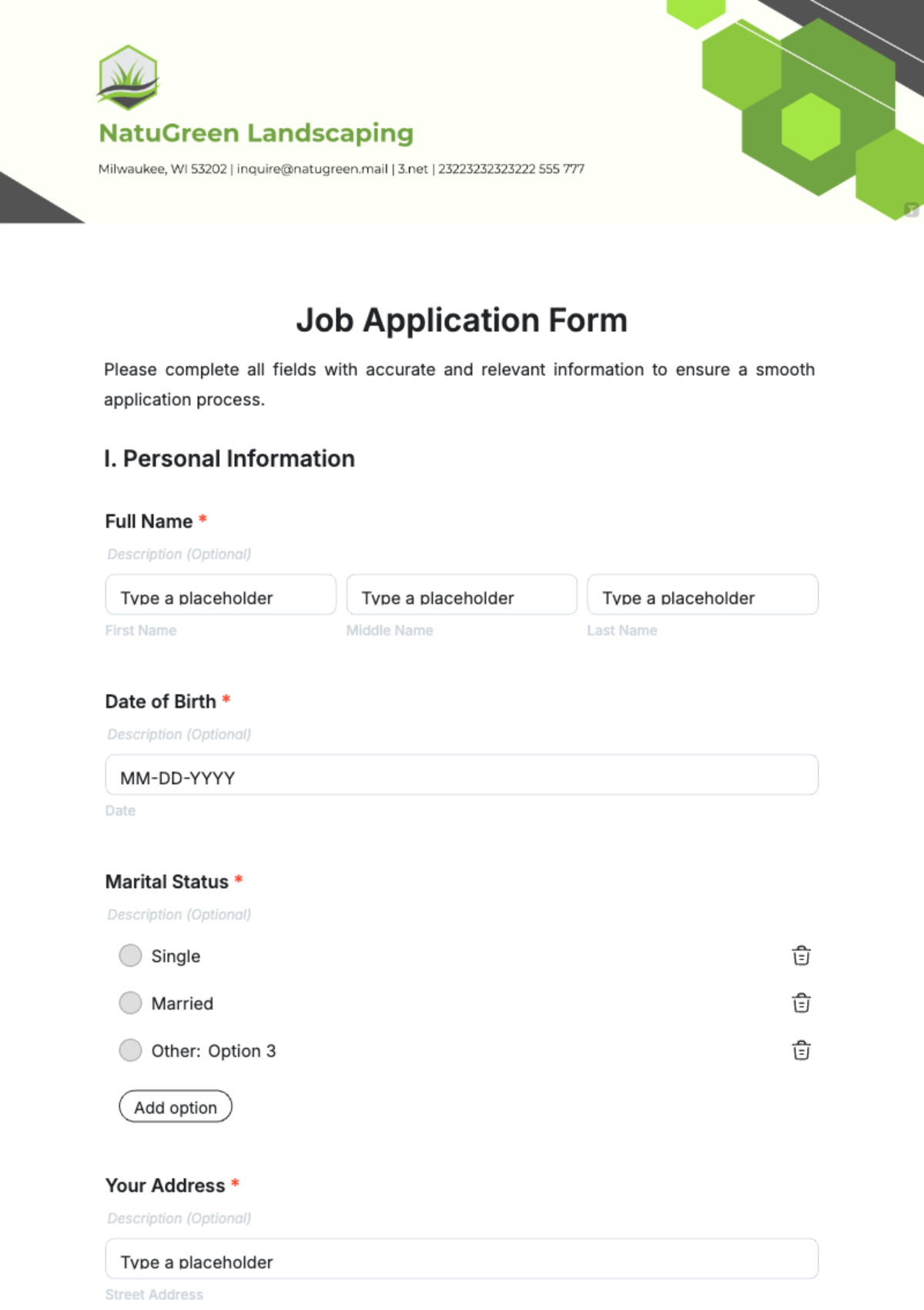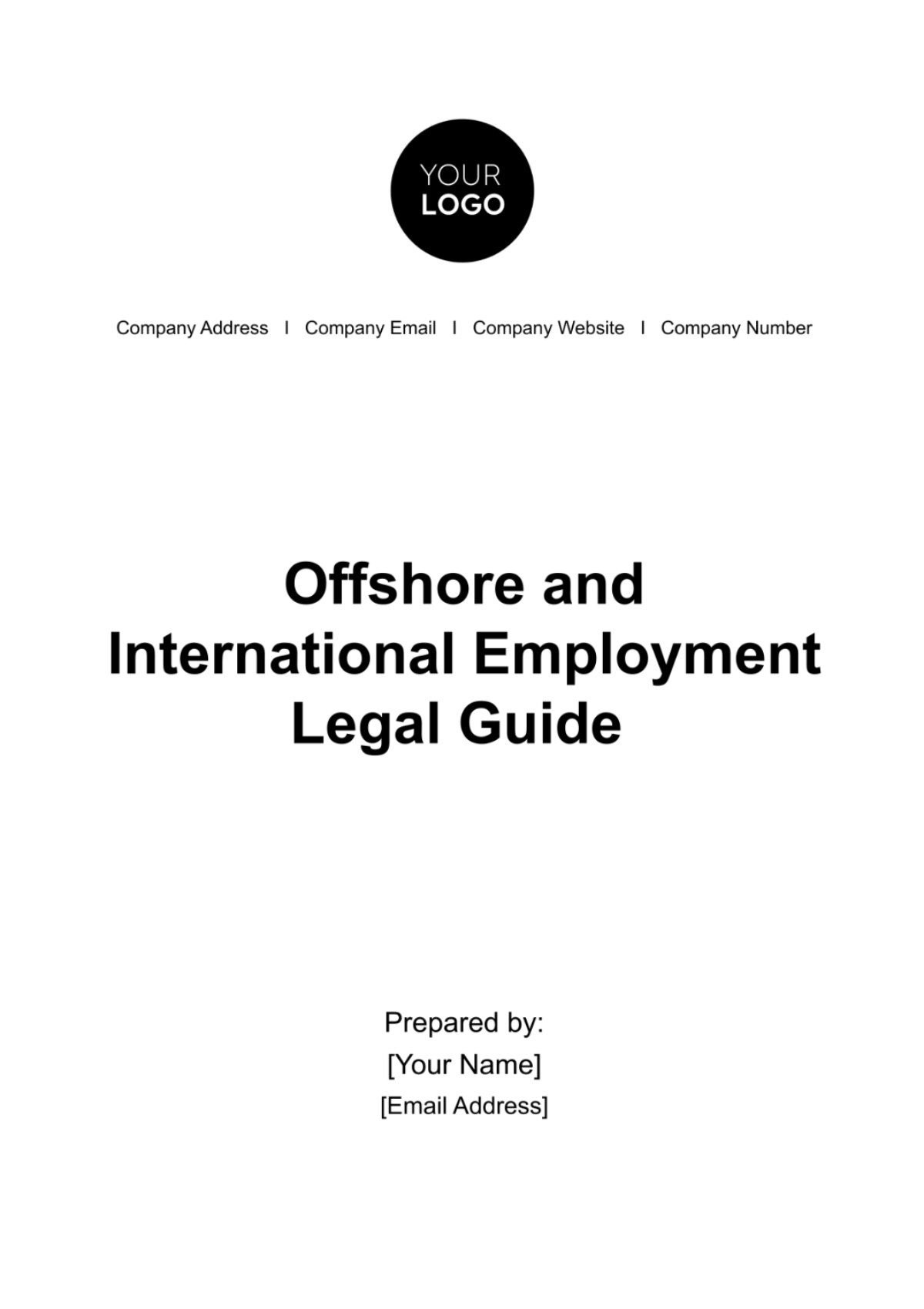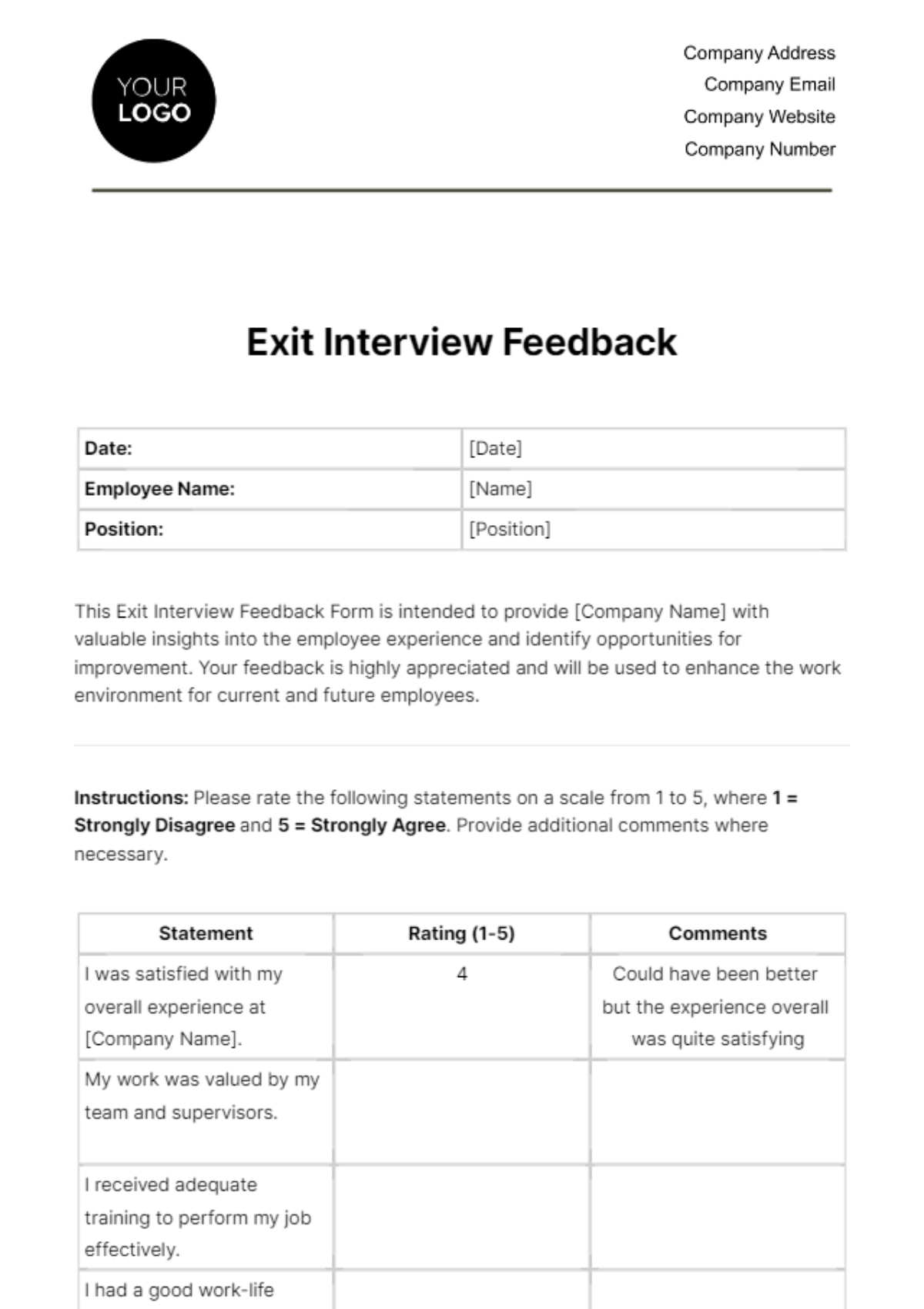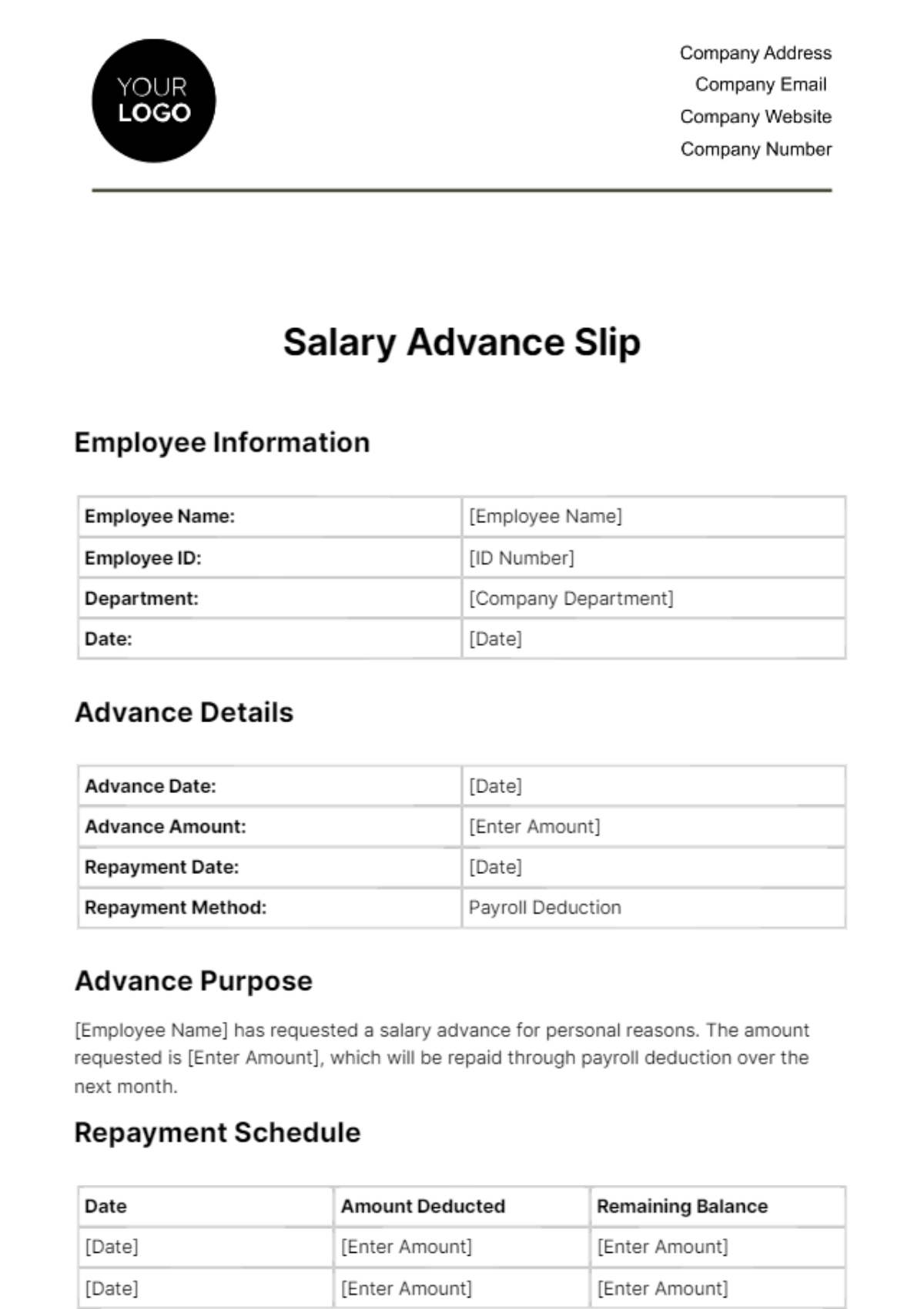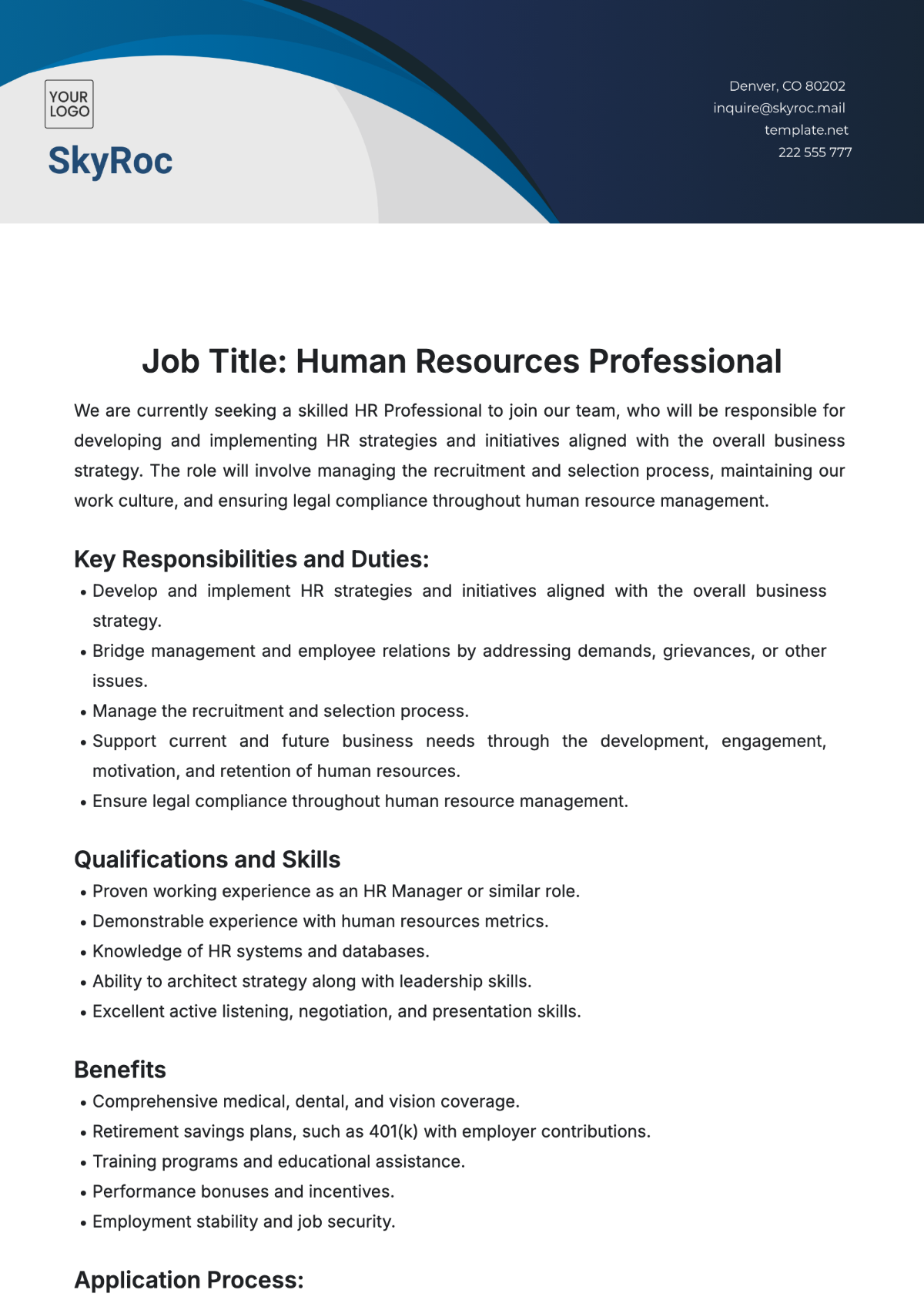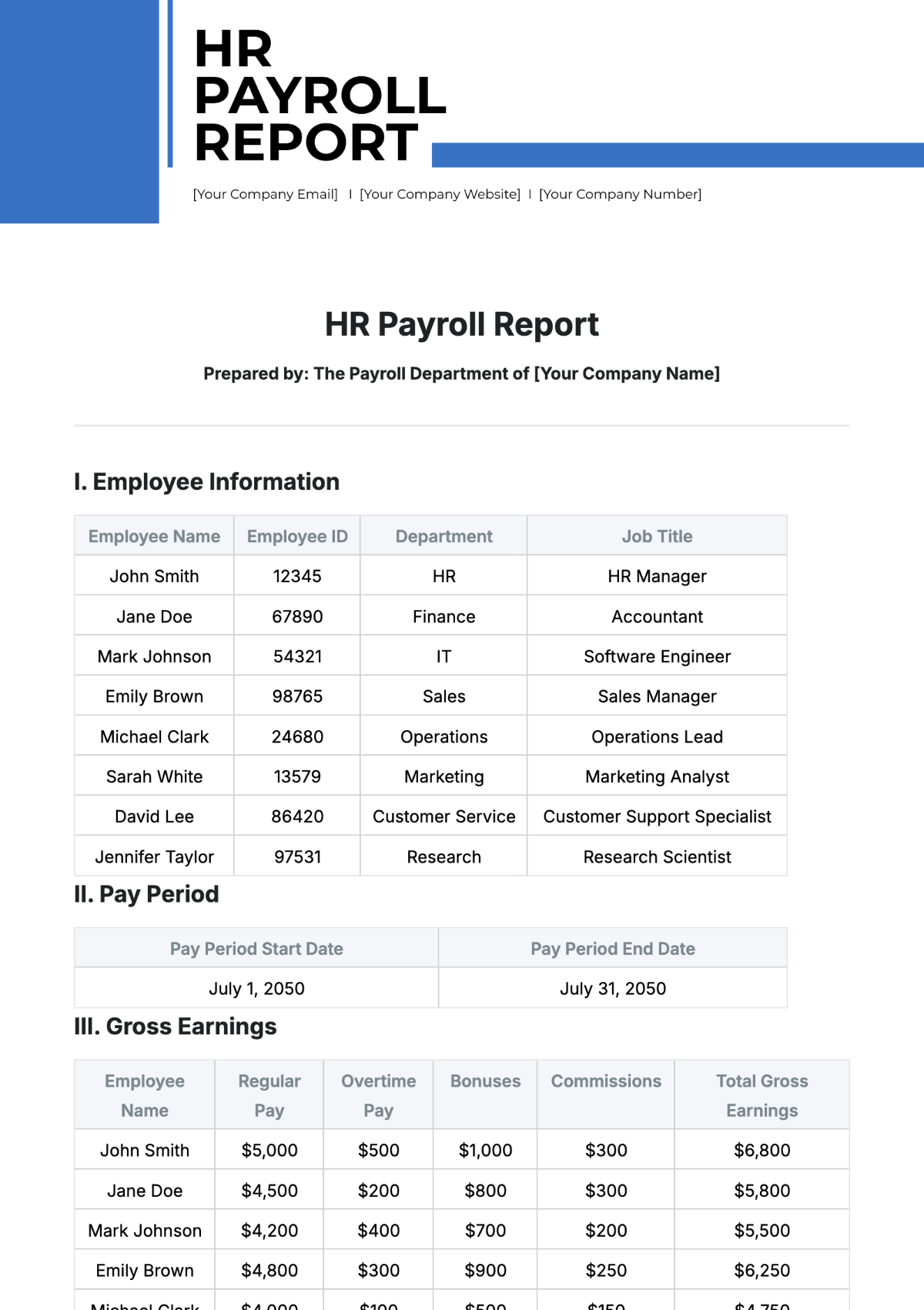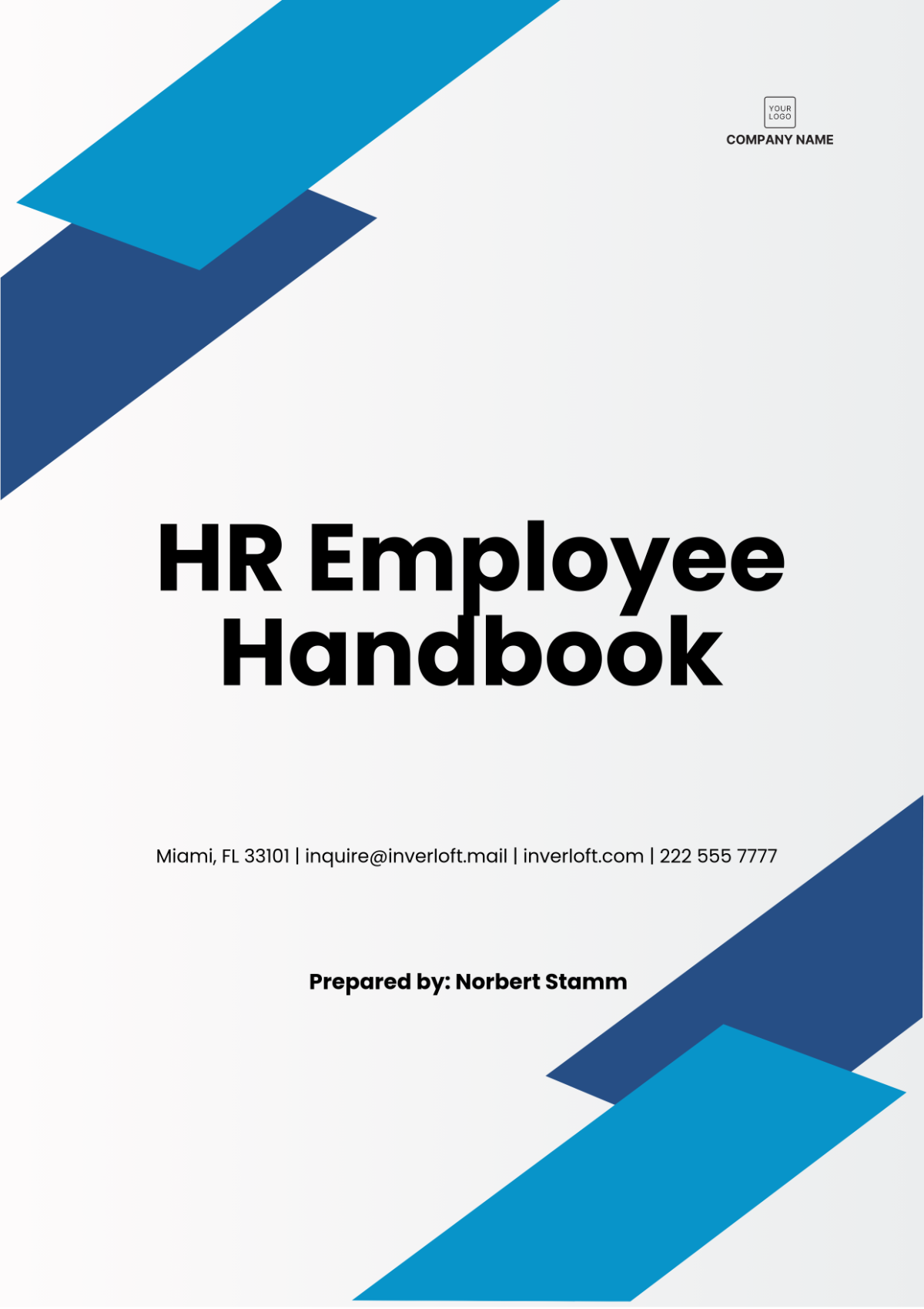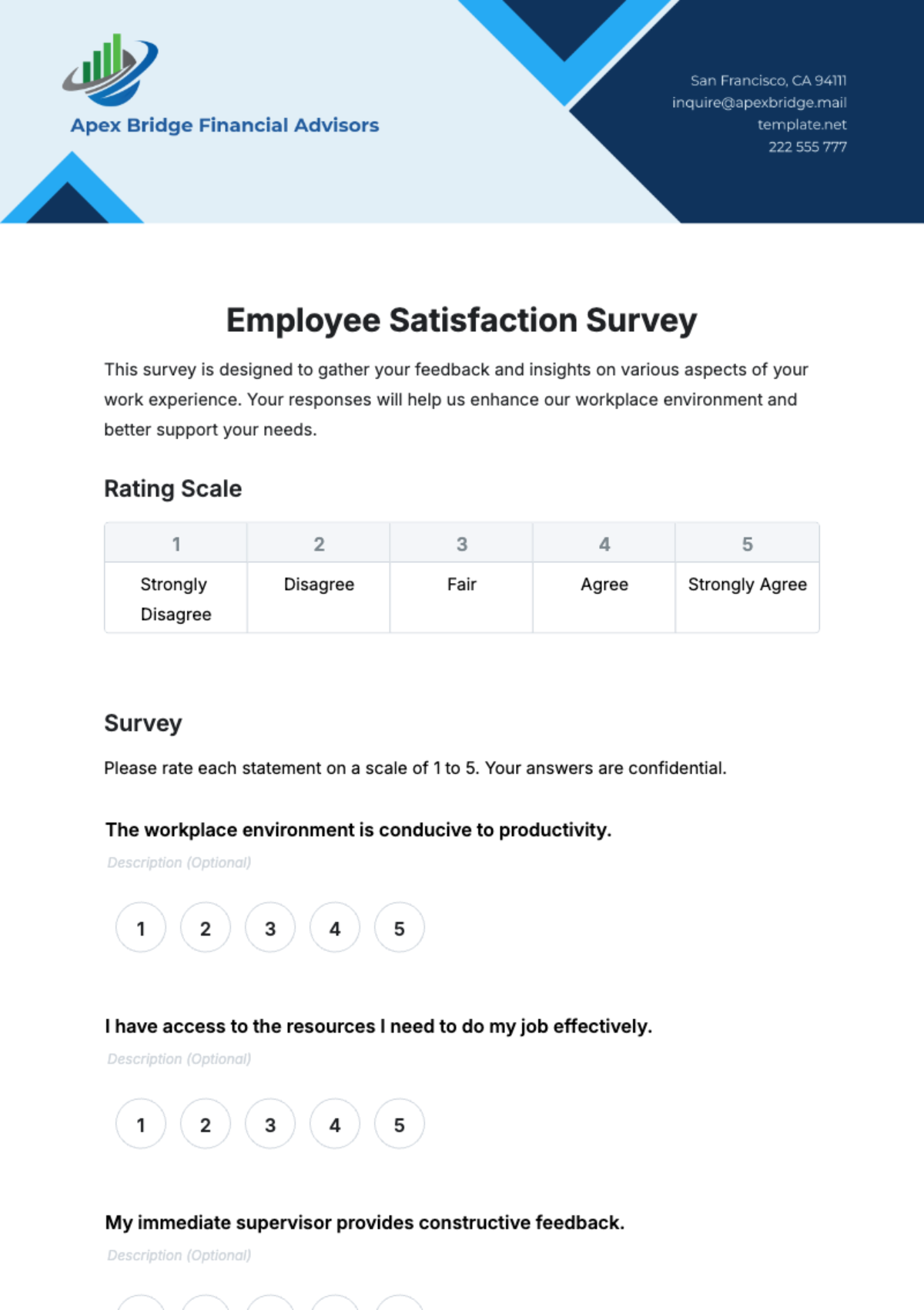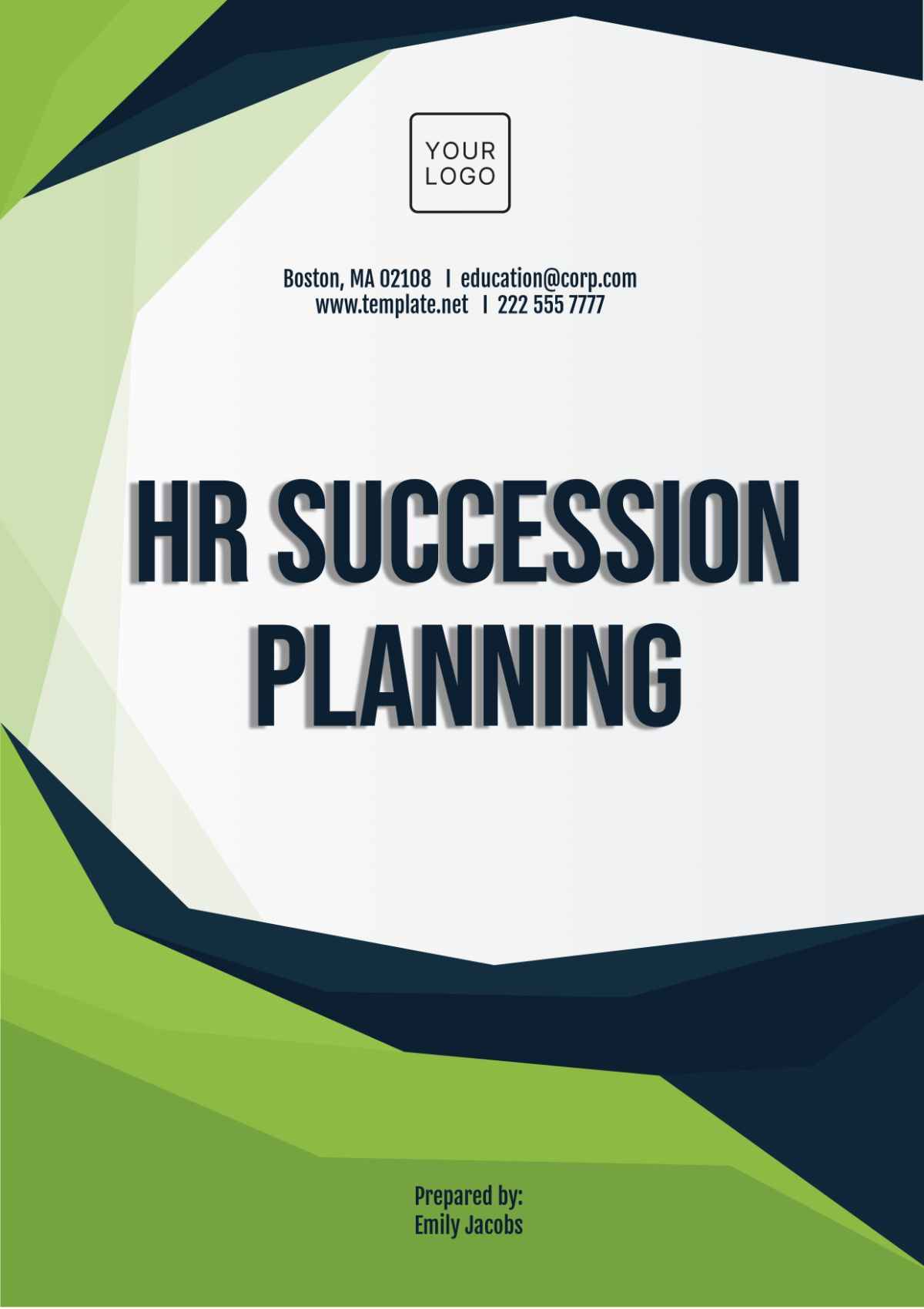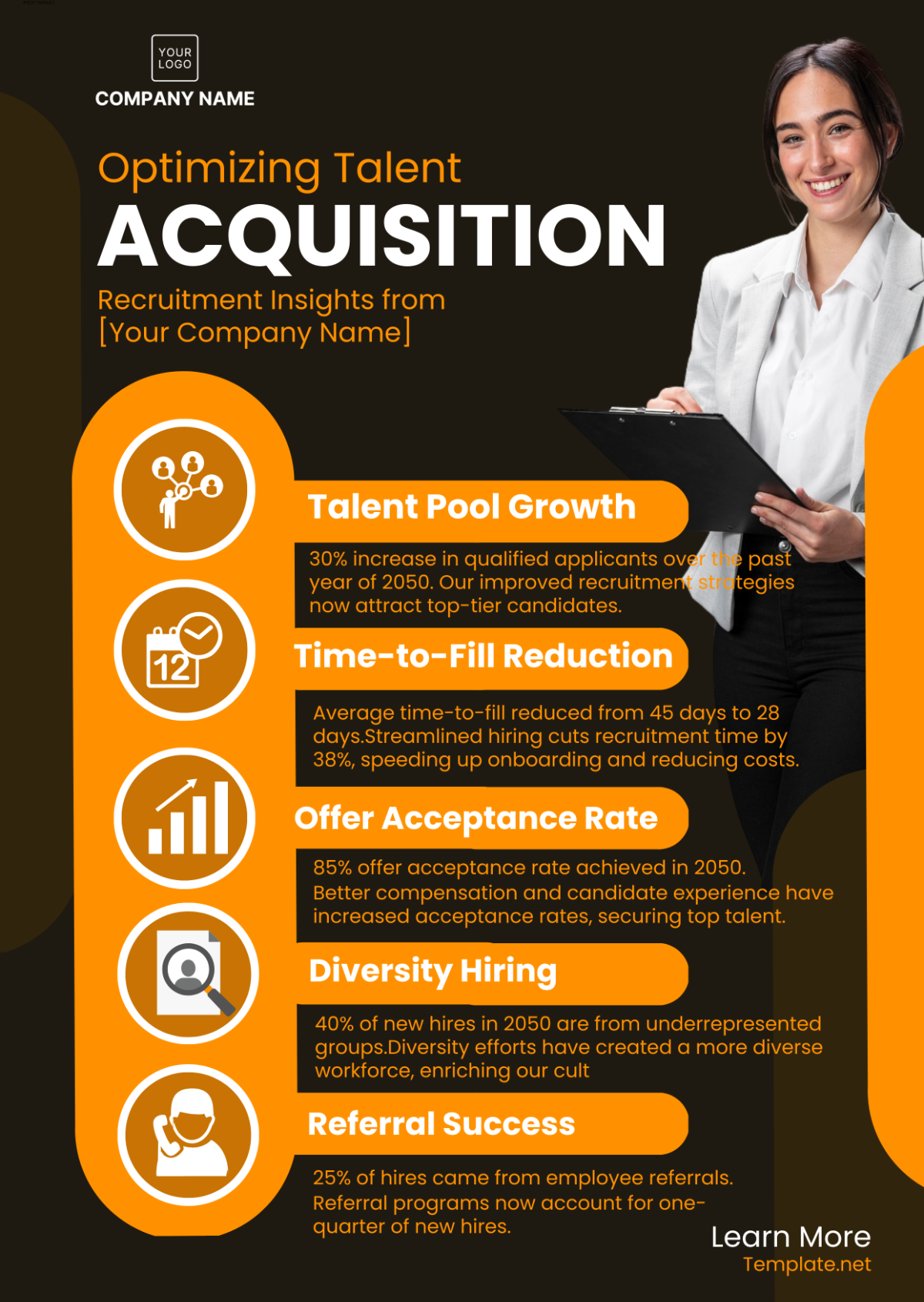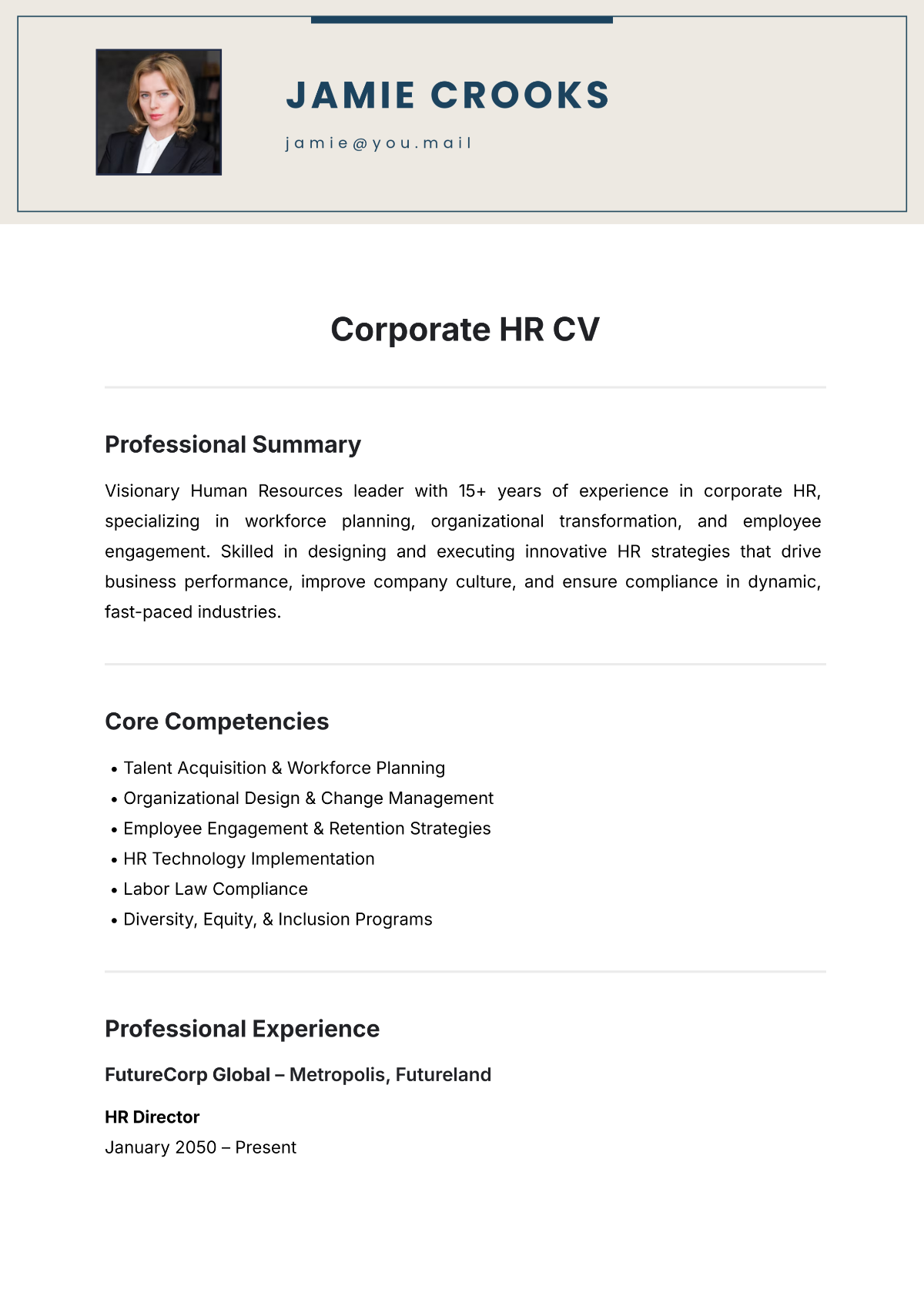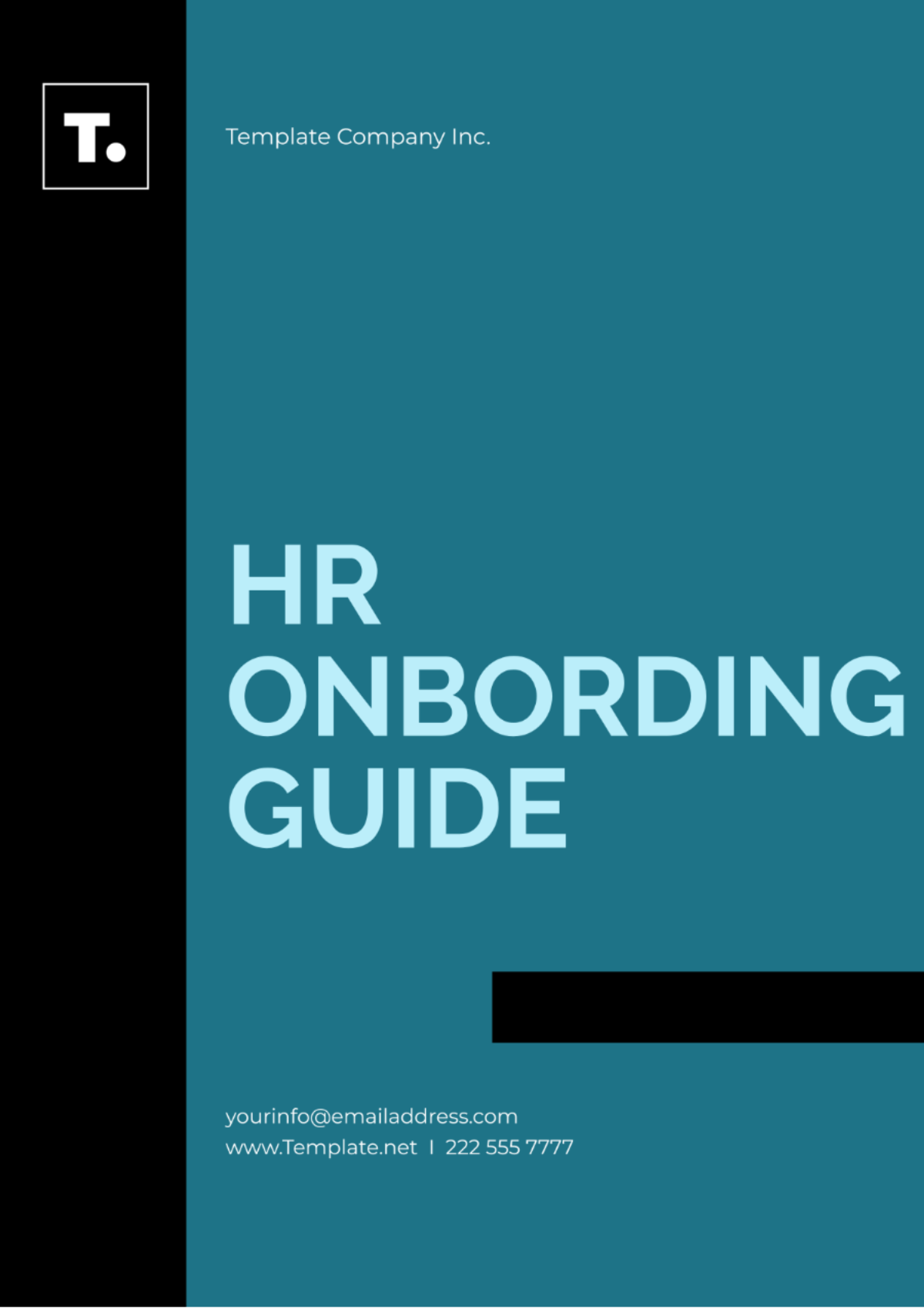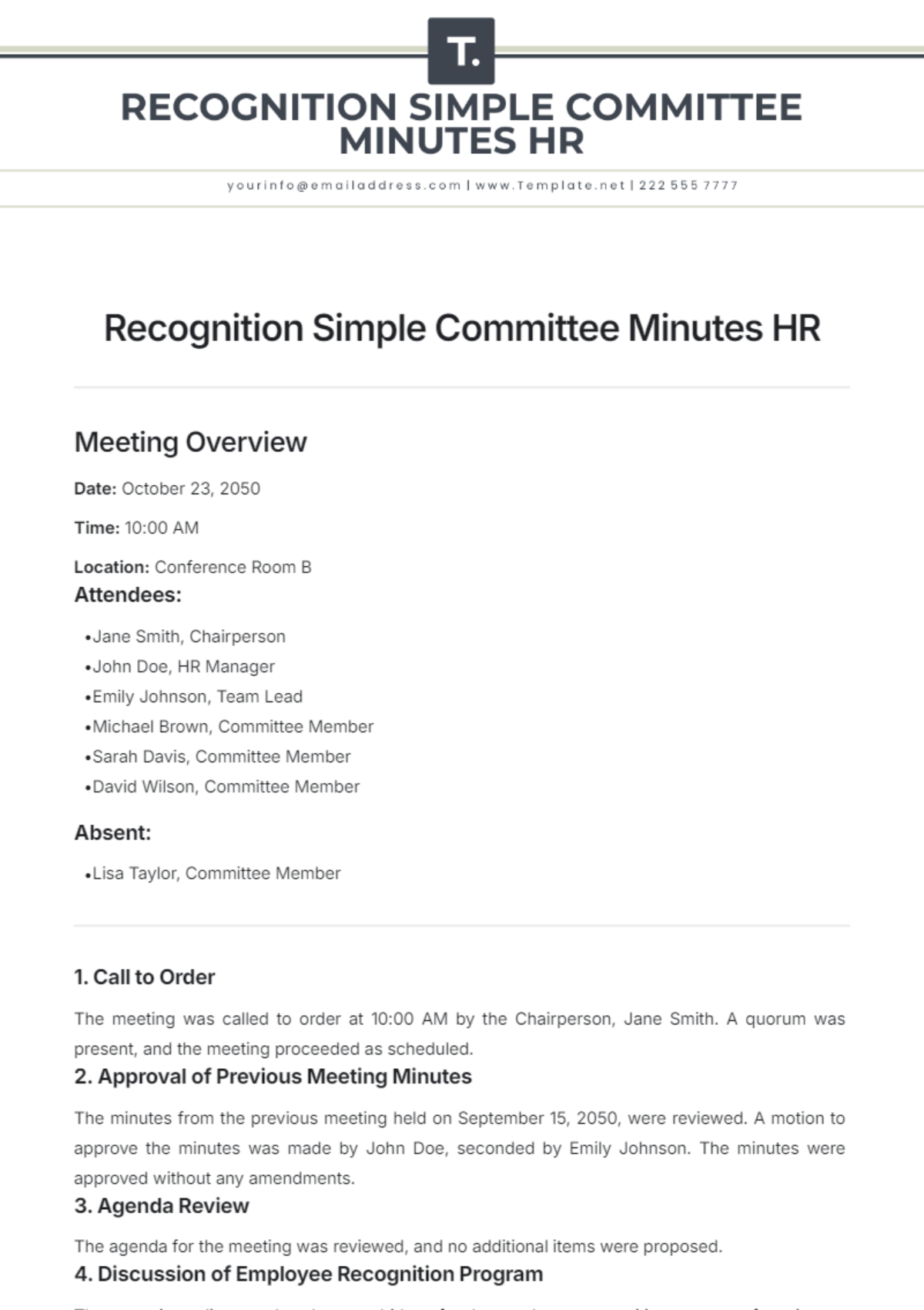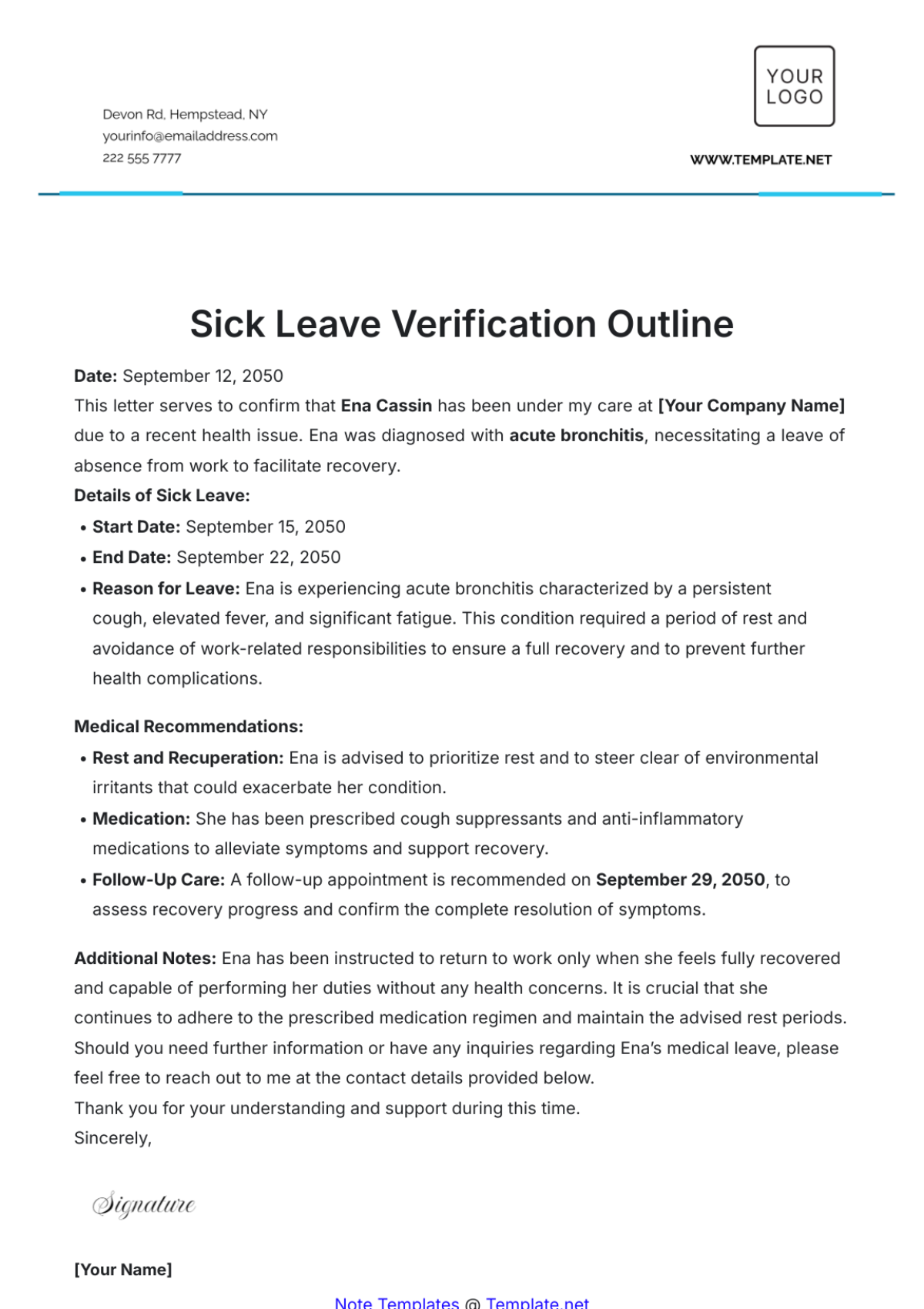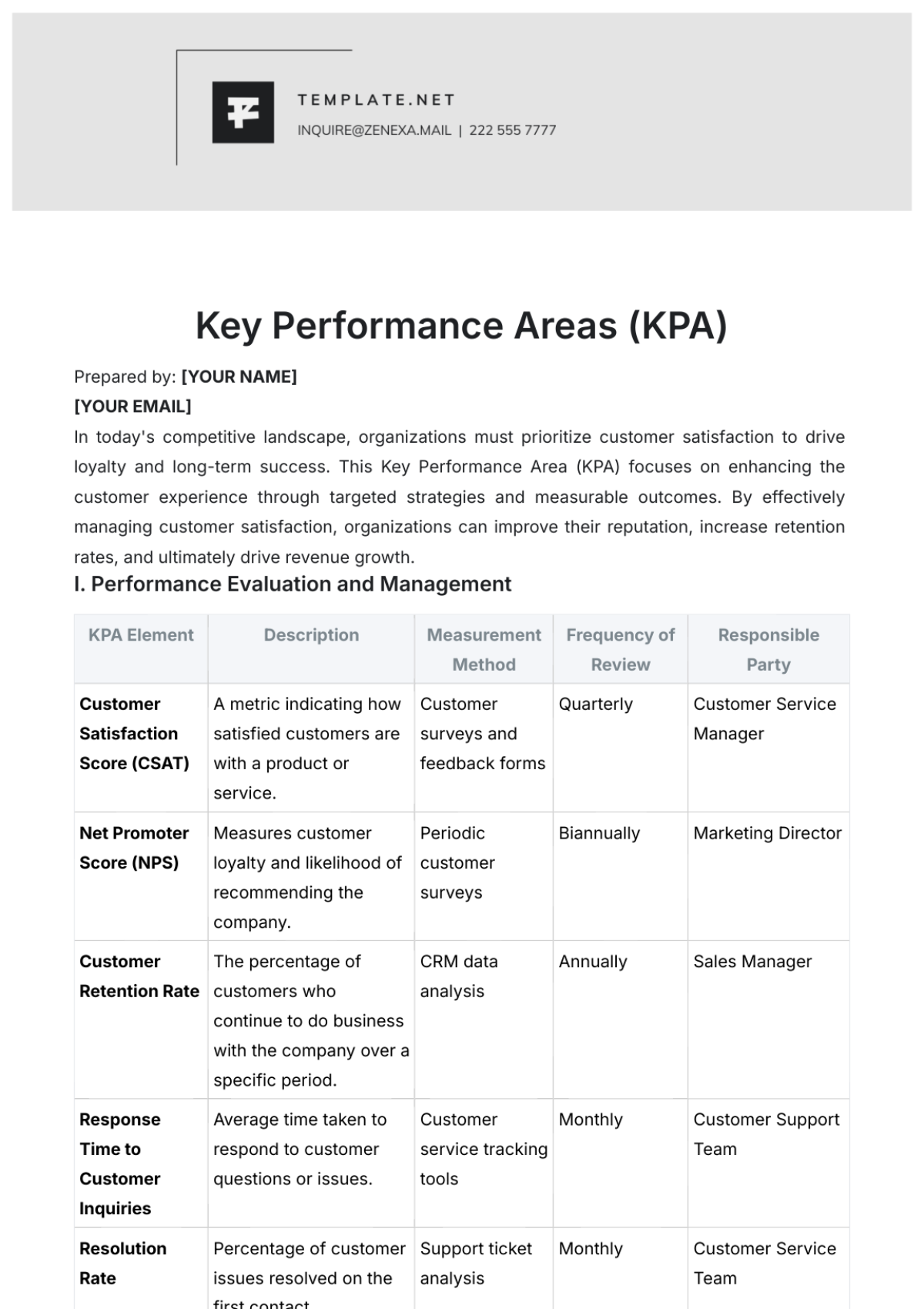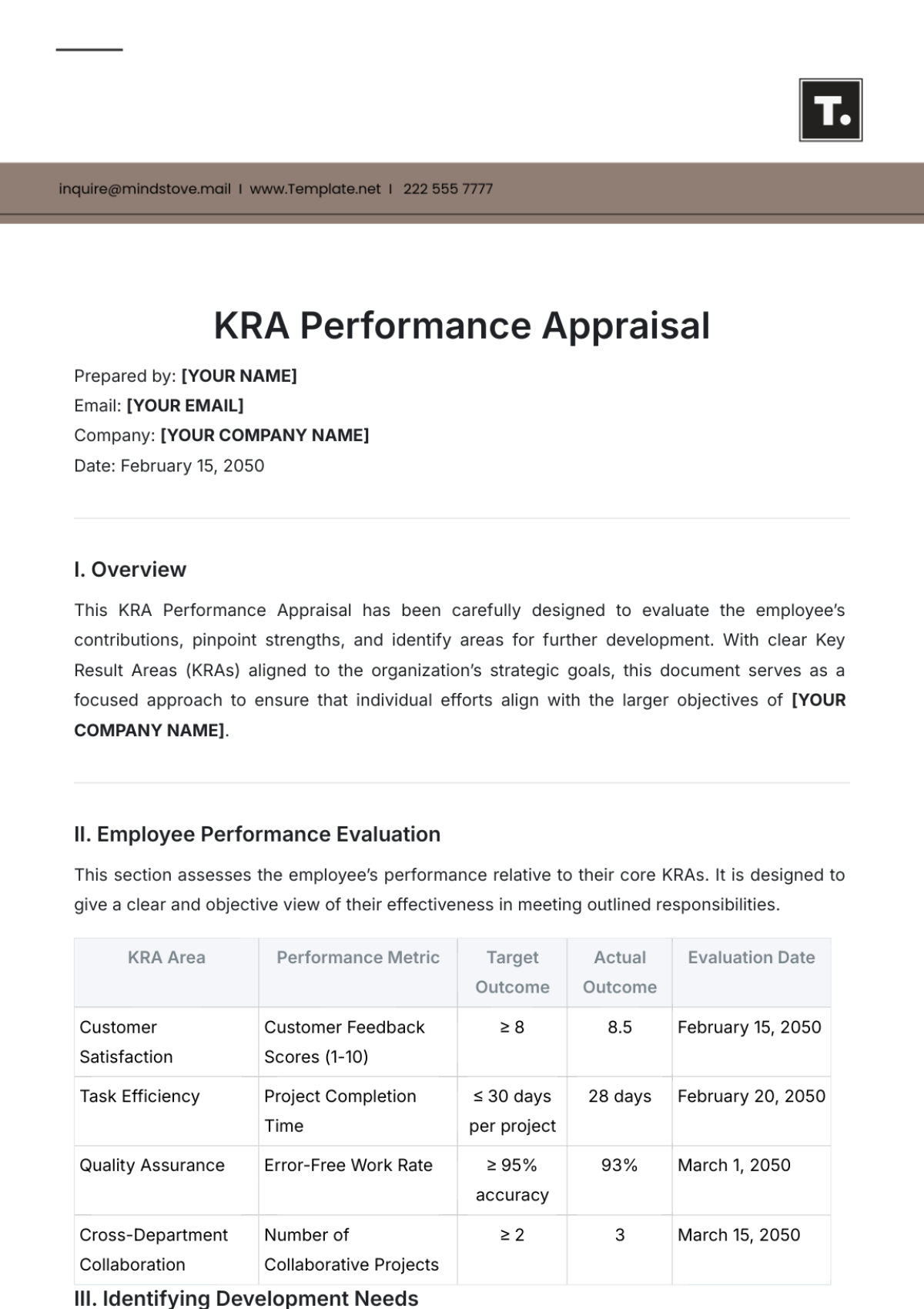Salary Benchmarking and Market Rate Study
Company Name: [Your Company Name] | Prepared By: [Your Name] |
Date: October 1, 2050 | Department: Human Resources |
I. Executive Summary
A. Background
The Salary Benchmarking and Market Rate Study has been conducted to ensure that our compensation and benefits structure remains competitive in the industry and aligns with the market standards. In today's dynamic job market, it is essential to attract and retain top talent, and a comprehensive study of salary benchmarking and market rates is crucial in achieving this goal.
B. Purpose of the Study
The primary purpose of this study is to assess our current compensation structure, compare it with industry and regional standards, and provide recommendations for adjustments, if necessary. By conducting this analysis, we aim to remain competitive, enhance employee satisfaction, and support our strategic goals.
C. Key Findings
After thorough analysis, the key findings of the Salary Benchmarking and Market Rate Study are as follows:
Our current compensation structure is competitive but requires some adjustments to align with industry trends.
Regional variations in market rates exist, necessitating geographic considerations for specific locations.
Competitor analysis revealed areas where we can improve our compensation packages to attract top talent.
D. Recommendations
Based on the findings, we recommend the following actions:
Adjust compensation packages for specific job roles to match or exceed market rates.
Implement a communication plan to inform employees of the changes and the rationale behind them.
Develop an implementation timeline to ensure a seamless transition to the new compensation structure.
II. Introduction
A. Scope of the Study
This study encompasses an in-depth analysis of our current compensation structure, benchmarking data from relevant sources, and a thorough examination of market rates. It aims to provide actionable insights to HR and leadership for informed decision-making.
B. Methodology
The methodology involved a combination of quantitative and qualitative data analysis. Data was collected from internal sources such as payroll records, as well as external market surveys and industry reports. We also conducted interviews with HR professionals and reviewed the compensation packages of key competitors.
C. Definitions
Salary Benchmarking: The process of comparing our organization's compensation packages with those of other organizations in the same industry and region.
Market Rate: The prevailing salary and benefit levels for specific job roles in a given industry and geographic location.
III. Current Compensation Structure
A. Overview
Our current compensation structure includes various components such as base salary, bonuses, incentives, and benefits. It is designed to attract, motivate, and retain employees while aligning with the organization's financial capabilities and industry standards.
B. Compensation Components
Our compensation components include:
Base Salary
Performance Bonuses
Benefits (Healthcare, Retirement, etc.)
Stock Options
Additional Perks (Flexible Work Arrangements, Education Assistance, etc.)
C. Employee Categories
We have categorized employees into different groups based on roles and responsibilities, with each group having its own compensation structure.
Executive Leadership
Management
Technical Staff
Administrative Staff
IV. Benchmarking Data
A. Data Sources
To benchmark our compensation structure, we collected data from the following sources:
Industry Surveys (e.g., Industry Association Survey)
Regional Salary Surveys (e.g., Regional Compensation Report)
Competitor Compensation Packages
B. Data Analysis
The collected data was analyzed using statistical methods and compared with our existing compensation structure. This analysis helped identify gaps and areas where adjustments are necessary.
C. Market Trends
Analysis of market trends revealed that certain job roles were in high demand, resulting in higher market rates. Additionally, remote work opportunities have influenced compensation expectations.
V. Market Rate Analysis
A. Competitor Analysis
A detailed analysis of competitor compensation packages highlighted areas where we can improve our offerings to remain competitive in the job market. This analysis included an examination of salary levels, benefits, and additional perks.
B. Geographic Considerations
Market rates vary significantly based on geographic location. We identified regions where our compensation packages were below market rates and proposed adjustments to address these discrepancies.
C. Industry Standards
Comparison with industry standards indicated that our compensation structure generally aligns with industry norms, but specific roles require attention to ensure competitiveness.
VI. Recommendations
A. Adjustments to Compensation
Based on the findings, we recommend the following adjustments:
Increase base salaries for key job roles where our compensation is below market rates.
Enhance benefits packages to remain competitive in attracting and retaining talent.
Consider variable compensation options, such as performance bonuses and stock options, for critical positions.
B. Communication Plan
Effective communication is essential for successful implementation. We recommend:
Developing a comprehensive communication plan to inform employees about changes to their compensation packages.
Providing clear explanations of the rationale behind these changes.
Addressing any concerns or questions from employees in a transparent manner.
C. Implementation Timeline
To ensure a smooth transition, we propose the following timeline:
Phase 1: Pre-Implementation (Month 1 - Month 2)
Month 1 | ||
Week 1-2 | Formulate the Compensation Adjustment Strategy |
|
Week 3-4 | Develop a Communication Plan |
|
Month 2 | ||
Week 1-2 | Legal and Compliance Review |
|
Week 3-4 | Employee Information Sessions |
|
Phase 2: Implementation (Month 3 - Month 6)
Month 3 | ||
Week 1-2 | Formal Announcement |
|
Week 3-4 | Individual Consultations |
|
Month 4-5 | ||
Week 1-2 | Transition Period |
|
Week 3-4 | Monitor and Address Concerns |
|
Month 6 | ||
Week 1-2 | Benefits Enrollment |
|
Week 3-4 | Finalize Transition |
|
Phase 3: Post-Implementation (Month 7 - Ongoing)
Month 7+ | ||
Week 1-2 | Evaluation and Feedback |
|
Ongoing | Continuous Monitoring |
|
Regular monitoring and adjustments as needed based on feedback and changing market conditions.
VII. Conclusion
In conclusion, the Salary Benchmarking and Market Rate Study has provided valuable insights into our compensation structure. By aligning our compensation packages with market rates and industry standards, we will enhance our ability to attract and retain top talent, ultimately contributing to the organization's long-term success.
[Your Company Name]
[Your Company Address]
[Your Company Number]
[Your Company Email]

